by Louise Irvine
World Penguin Day is April 25, which coincides with the annual northern migration of Adelie penguins. The cute, flightless birds have been in the news recently making people smile as they waddle through empty zoos. Like many, I have a soft spot for penguins. My interest started when my husband, George, was a scientist in the Antarctic in the late 1970s. He sent me a photograph of a penguin ‘reading’ my first book The Doulton Story and I was hooked.
Penguin Love
Family and friends began to give me penguin gifts in honor of my ‘penguin’ man. I soon learned that there are many different types of penguins in Antarctica: Emperor, King, Chinstrap, Adelie, Gentoo and Macaroni penguins. I also discovered that penguins are not confined to the Antarctic and that there are 18 species in the world. Most penguins are monogamous and have distinct calls, enabling them to locate their mates in large groups. Many porcelain companies have celebrated penguin love, including Lladró and Connoisseur Porcelain of Malvern with their Affection, the latest piece to join the WMODA collection thanks to Dr. Gwendolyn Reasoner. Over the years, I have traveled to see colonies of Cape penguins in South Africa, also known as Jackass penguins for their donkey-like bray. I have also visited the Little Blue penguins in Australia, the smallest species at just 16 inches tall.
Emperors of the Antarctic
The Emperor is the tallest penguin at about 4 feet tall. The first person to describe an Emperor penguin was on Captain Cook’s epic voyage of exploration in 1772. Captain Scott discovered and studied a breeding colony in the Antarctic in 1911, which added to our knowledge of this species. However, a century later, studies suggest that by 2100 two thirds of the Emperor penguin colonies will have dramatically declined. Their breeding cycle begins around now, which is fall in Antarctica. They leave the sea, where they have been fattening up on squid, fish and krill, and mate on the sea ice. Each female produces a single egg which she transfers to her mate and then she leaves to spend winter in the open ocean. For four freezing months, male emperors huddle by the hundreds in the snow balancing the eggs on their feet to keep them warm. When the females return in August, the male may have lost 45 percent of his body weight and he leaves to feed at sea. The chicks grow rapidly in the summer when food is plentiful in the sea and by December they are on their own. The Moorcroft Pottery has produced several striking designs depicting the tenacious Emperor penguins and their chicks.
Penguins on Parade
Edinburgh, where I studied art, had the first zoo in the world to house and breed penguins, starting in 1918. Edinburgh Zoo is also famous for their daily penguin parade which started by accident in 1951 when a zoo-keeper left a gate open and the penguins followed him. A King penguin at the zoo, Sir Nils Olav III, is an honorary member of the King of Norway’s guard. There have been three adopted penguins in this role since 1972 and each time the unit returns to Edinburgh for the military tattoo, the penguin is promoted. In 2008, the penguin was the first to be knighted in the Norwegian army and he is now Colonel-in-Chief.
Penguin Pottery
Many famous potteries have been captivated by the penguin’s cute tuxedo outfit. However, this is not a fashion statement as the colors help to camouflage them in the water. Although they seem awkward on land, penguins are great swimmers and the fastest species, the Gentoo, reaches speeds of 22mph. Penguins were among the first animal models made by Royal Doulton in 1913 and since that date there have been many different varieties. In natural colors they range from prestige models, standing 12 inches tall, to miniatures from the K series which measure around 2 inches. In 1927, Doulton celebrated Squeak the penguin, one of the stars of the cartoon strip Pip, Squeak and Wilfred, which ran in the Daily Mirror newspaper from 1919 until 1955. Created by B.J. Lamb and drawn by A. B. Payne, these mischievous animals had a thriving fan club called the League of Gugnuncs, so called because these were the only words which Wilfred the rabbit could speak. The trio appeared on Royal Doulton baby plates and beakers made for the league as well as a little pin tray model.
P-p-p-pick up a Penguin
Penguin books have been famous for their “dignified but flippant” logo since 1935 and Royal Doulton produced penguin bookends to advertise the publications in 1987. Doulton also recreated the logo of Penguin biscuits, another famous British brand, for Millennium Collectibles. Penguin’s chocolate covered cookie bars were first produced in 1932 by Macdonalds of Glasgow, where I grew up, and their wrappers were printed with terrible jokes and funny facts. Their advertising campaigns had humorous drawings of penguins that often pastiche famous works of art. Their famous slogan P-p-p-pick up a Penguin with its signature stuttering effect was often imitated in the media. It also inspired our wedding invitation in 1983. Guinness beer produced advertisements with penguins before settling on the toucan as their key character. In 2013, for Guinness World Records Day, 325 people dressed as penguins to raise money for Richard House Children’s Hospice in London.
Penguin Fun
Anthropomorphic penguins have been popular in the movies since 1964 when Dick Van Dyck danced with animated waiter penguins in Mary Poppins. Since that date popular penguin movies have included Mr Popper’s Penguins, Happy Feet and the Penguins of Madagascar. The Dennis Chinaworks have responded to the popularity of penguins with a wealth of stylish designs, some of which are in the WMODA Collection. Arthur Wiener shares my love of penguins and in 2012 he commissioned Sally Tuffin at the Dennis Chinaworks to design a humorous Jewish piece featuring Rabbi penguins.
Pole to Pole
Several of the museum’s penguins came out of hibernation for the Pole to Pole display in our Splash exhibit in 2015. We had fun teasing young visitors with the question why do polar bears not eat penguins? The answer, of course, is that they live in the opposite poles and so never confront each other. Sadly, the main threats to penguins in their natural habitat are humans, who are responsible for the decline in their food supplies because of pollution and global warming. Alarmingly, 11 of the 17 recognized living penguin species, have been listed as Vulnerable or Endangered so let’s take more care of our feathered friends by focusing on environmental issues.
Thanks to George Hawthorn for his photographs of penguins in the Antarctic.
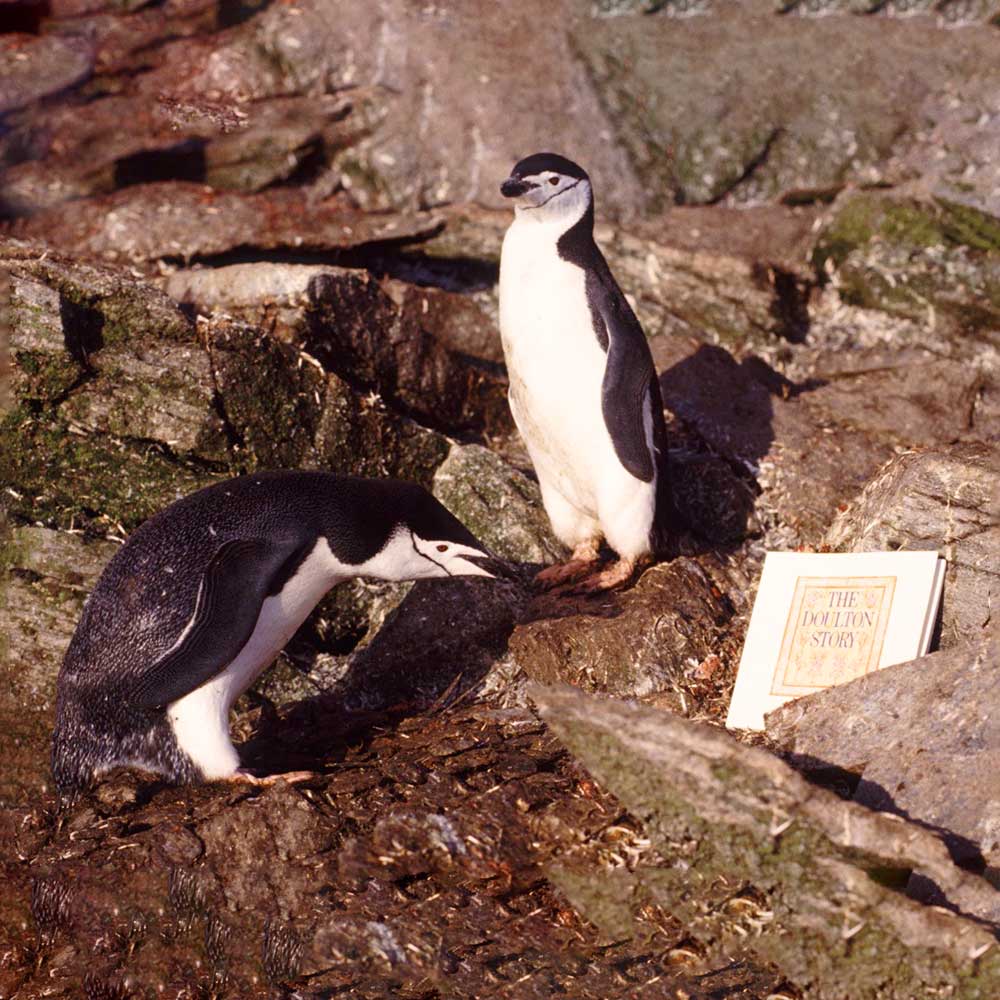
Penguins with Doulton Story Book

George Hawthorn's Adelie census
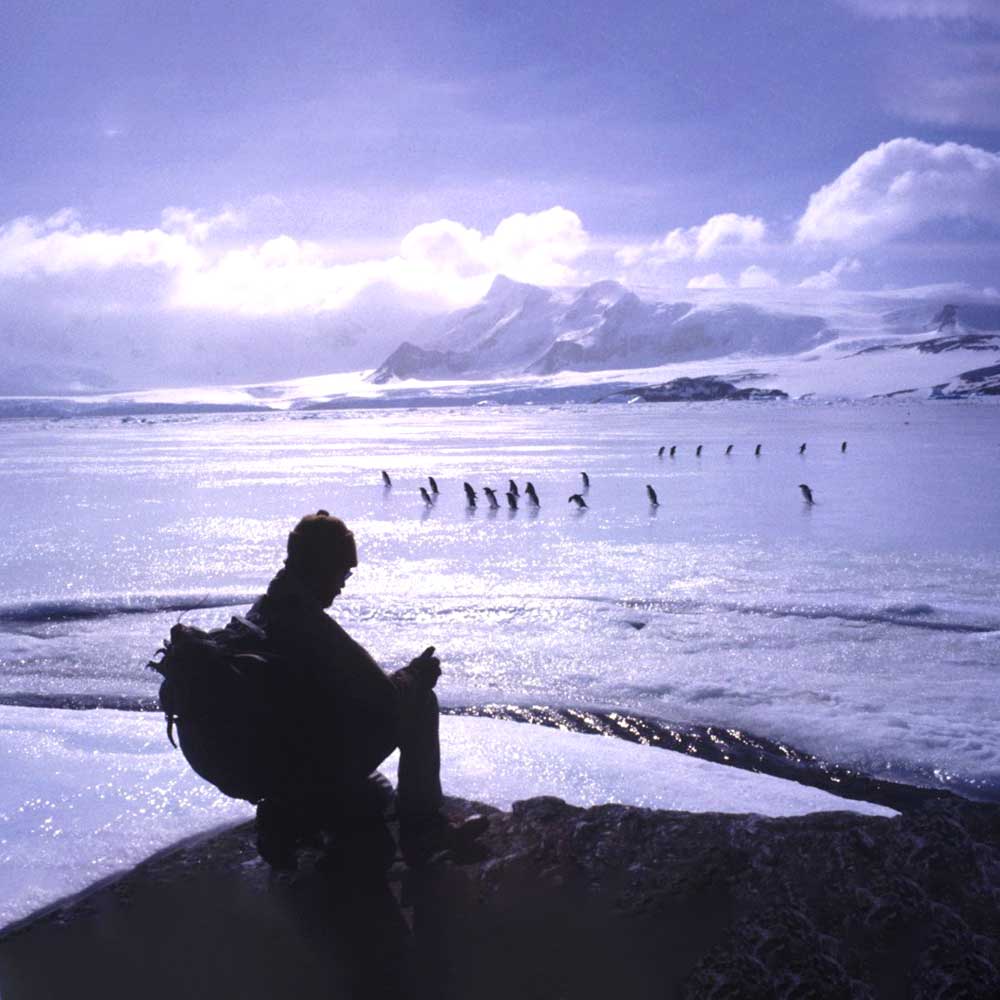
Adelies return
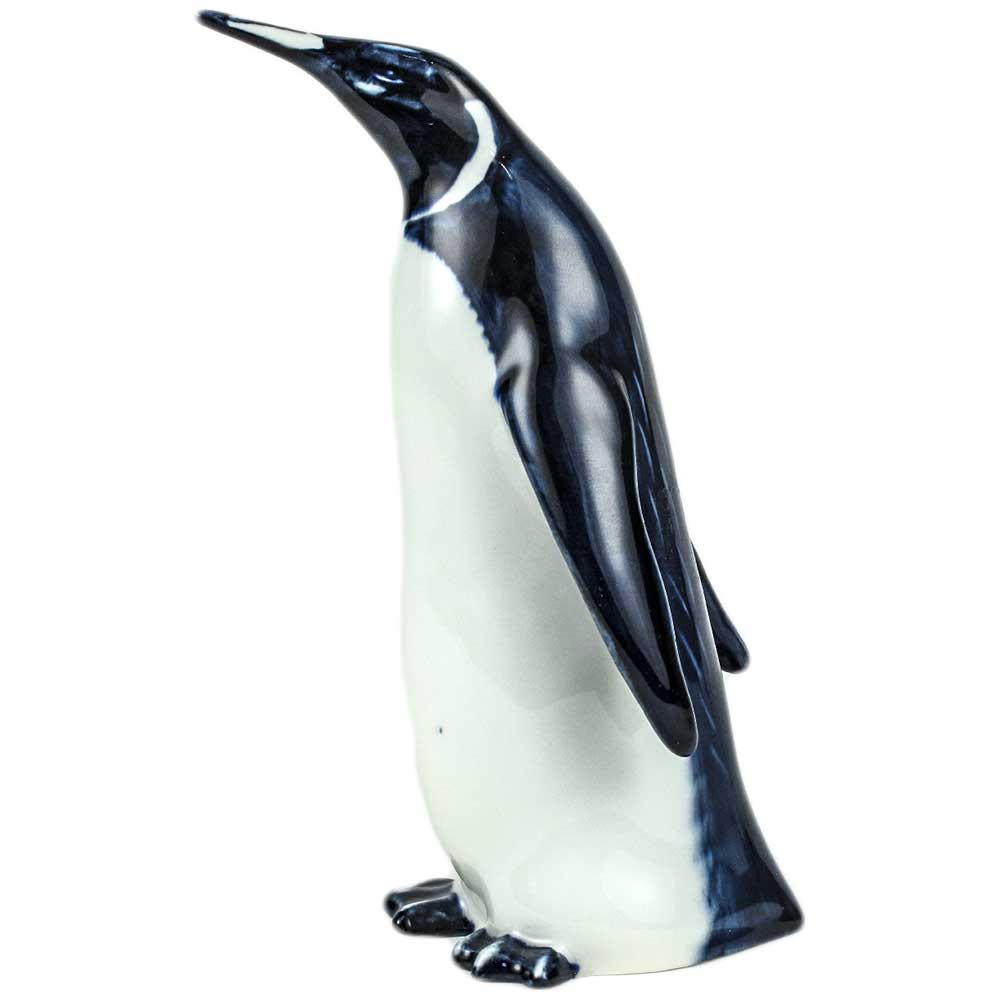
Royal Doulton Penguin
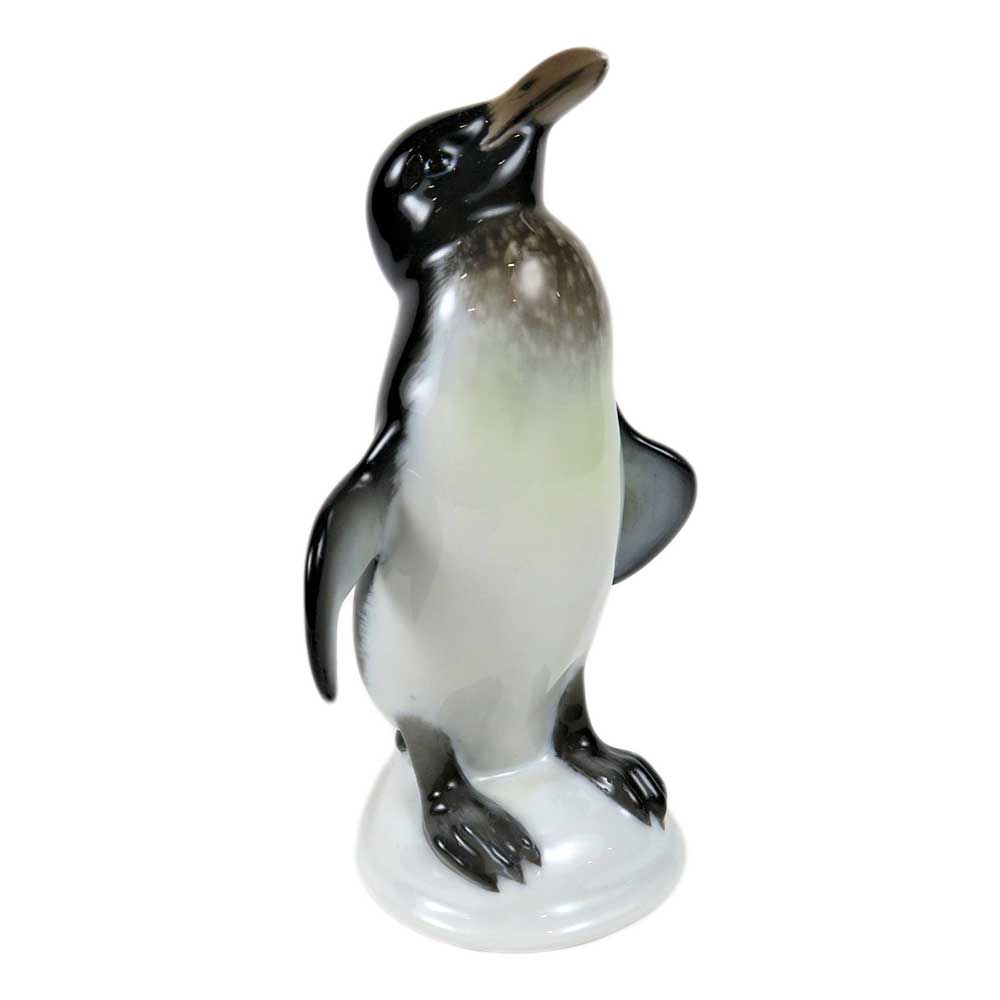
Rosenthal Penguin
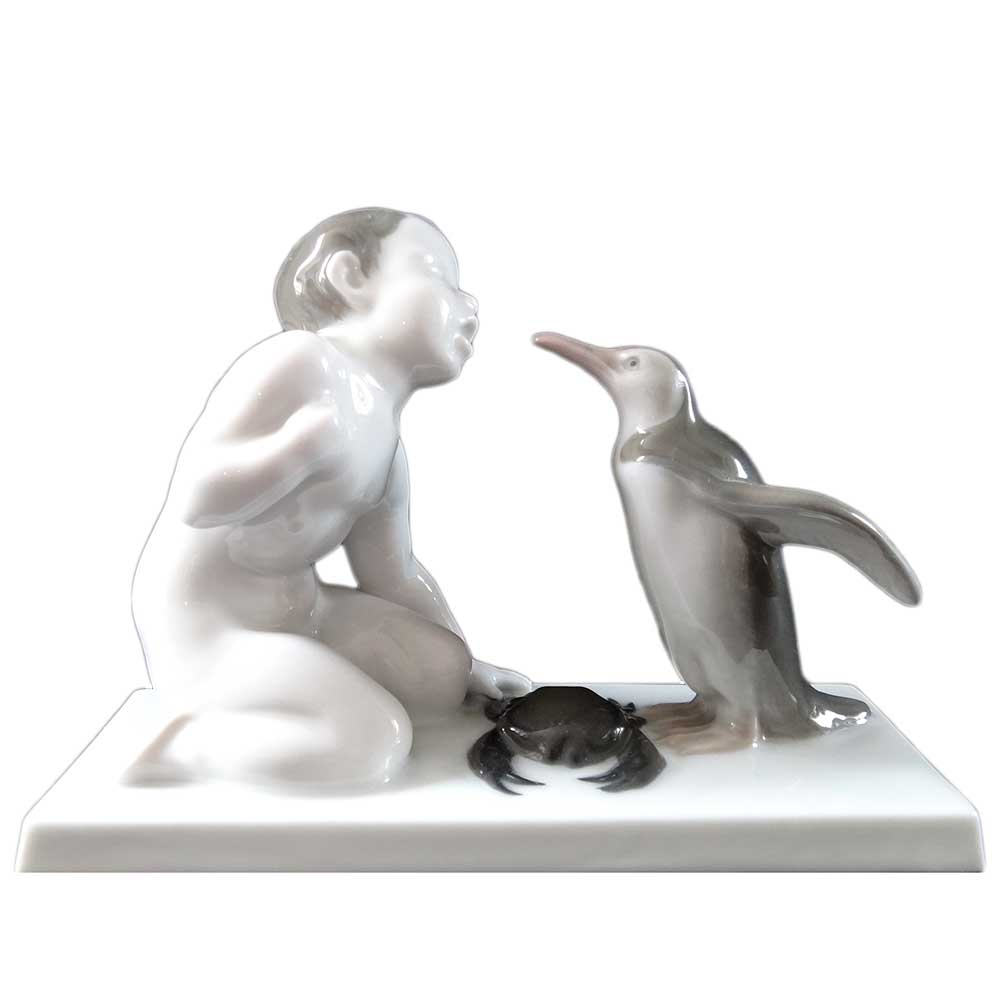
Rosenthal Jealousy
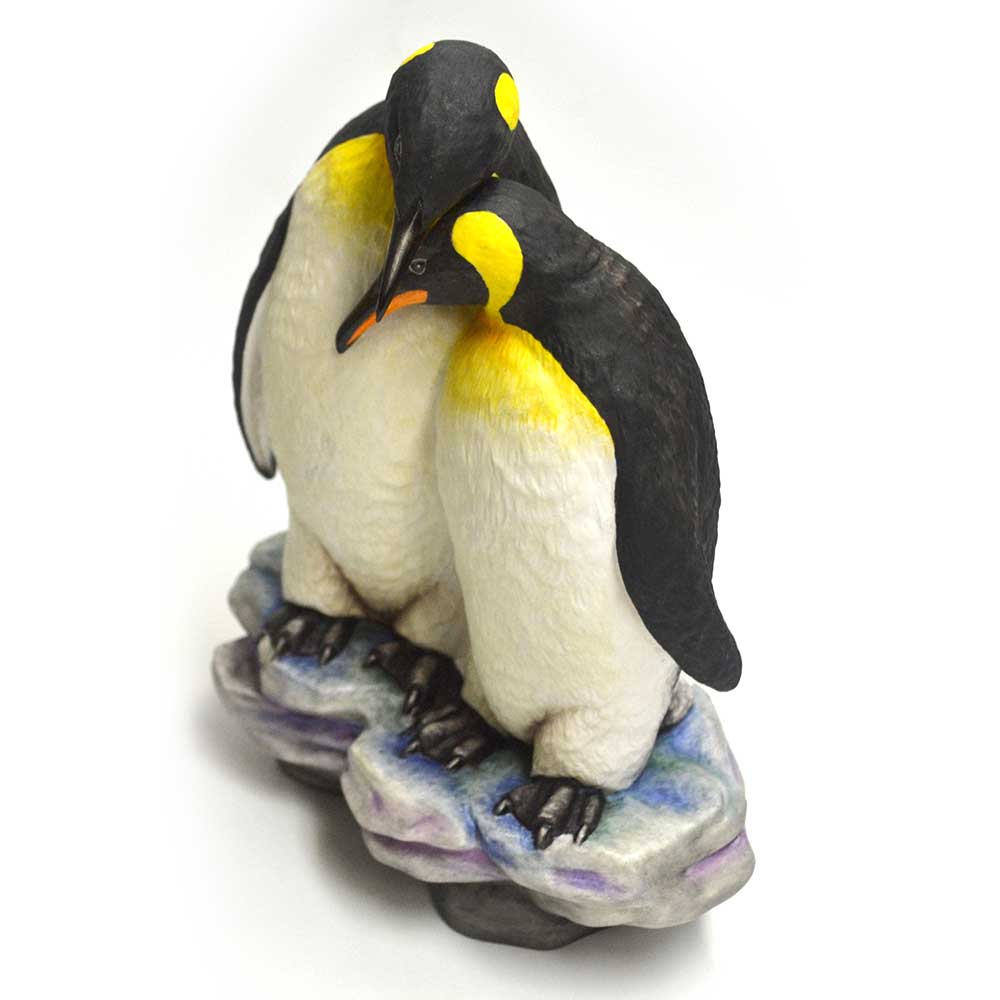
Connoisseur Affection

Lladro Penguin Love
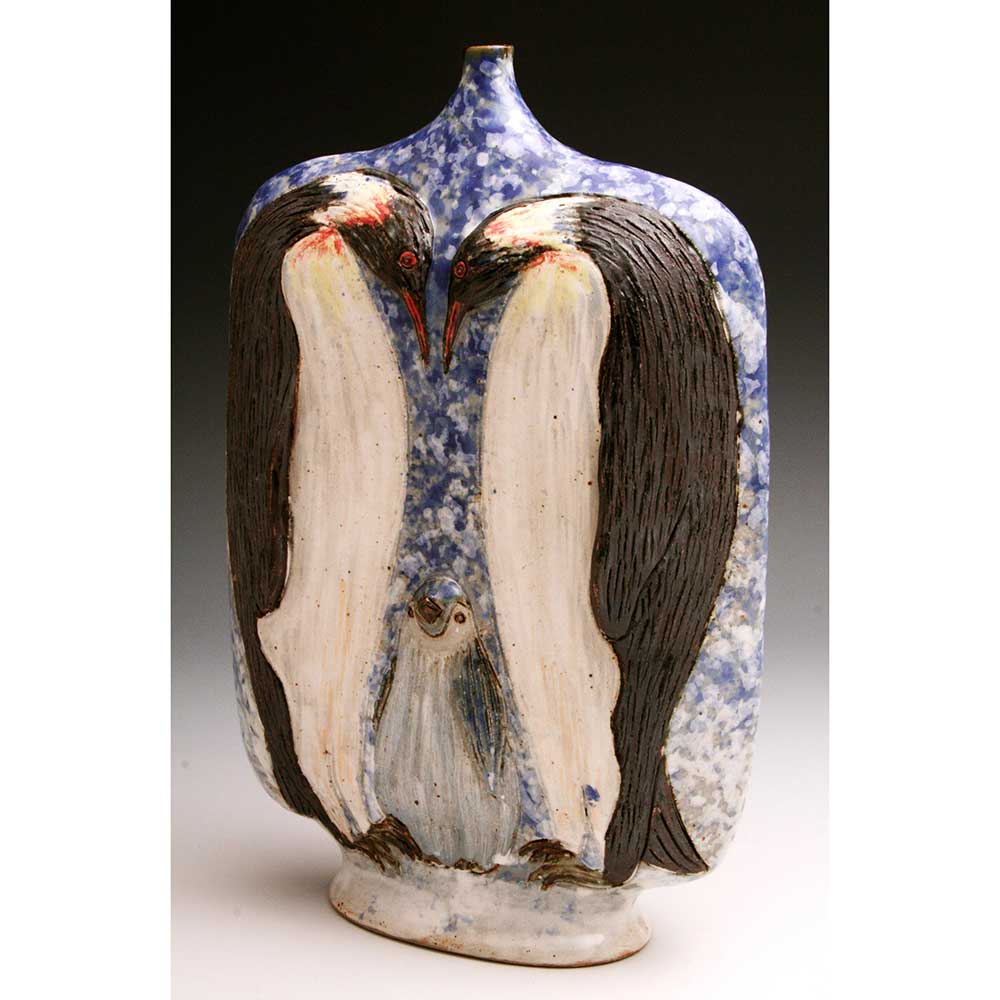
Roger Cockram Penguin Vase

Rosenthal Pair of Penguins
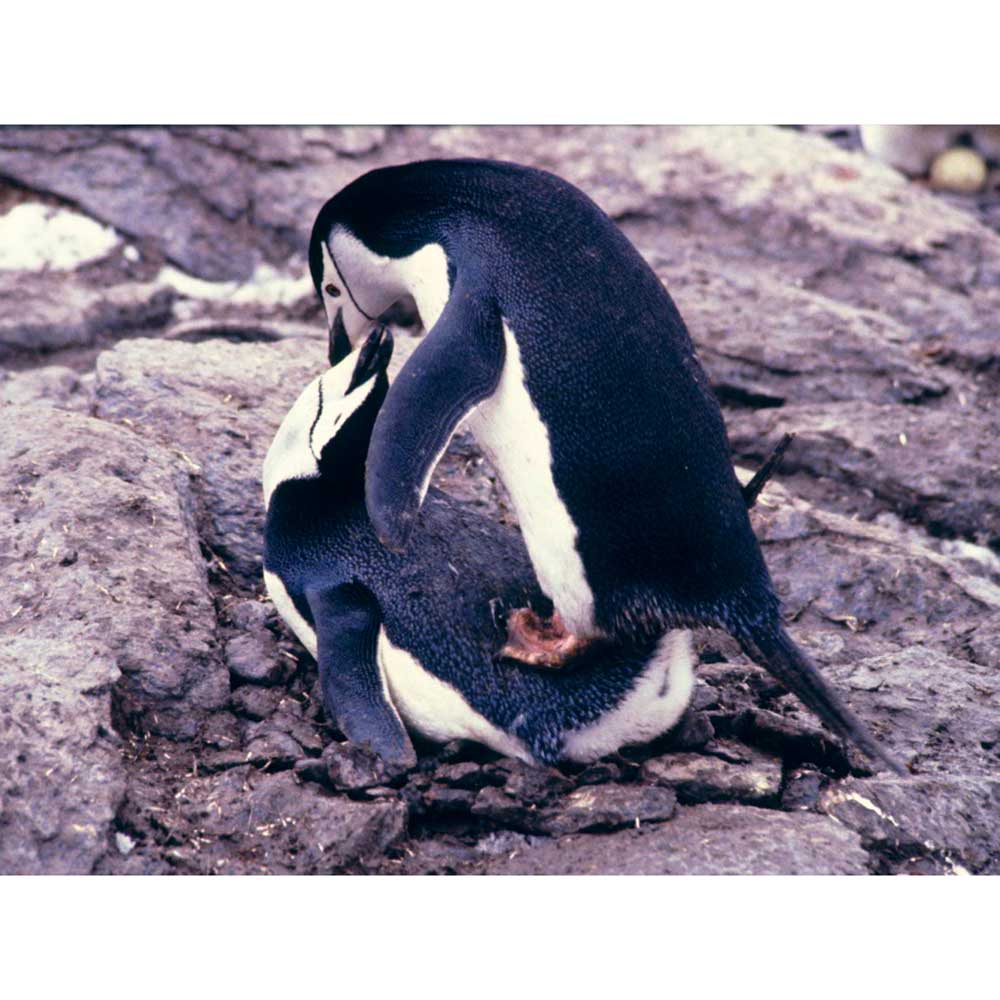
Chinstrap Penguins Mating
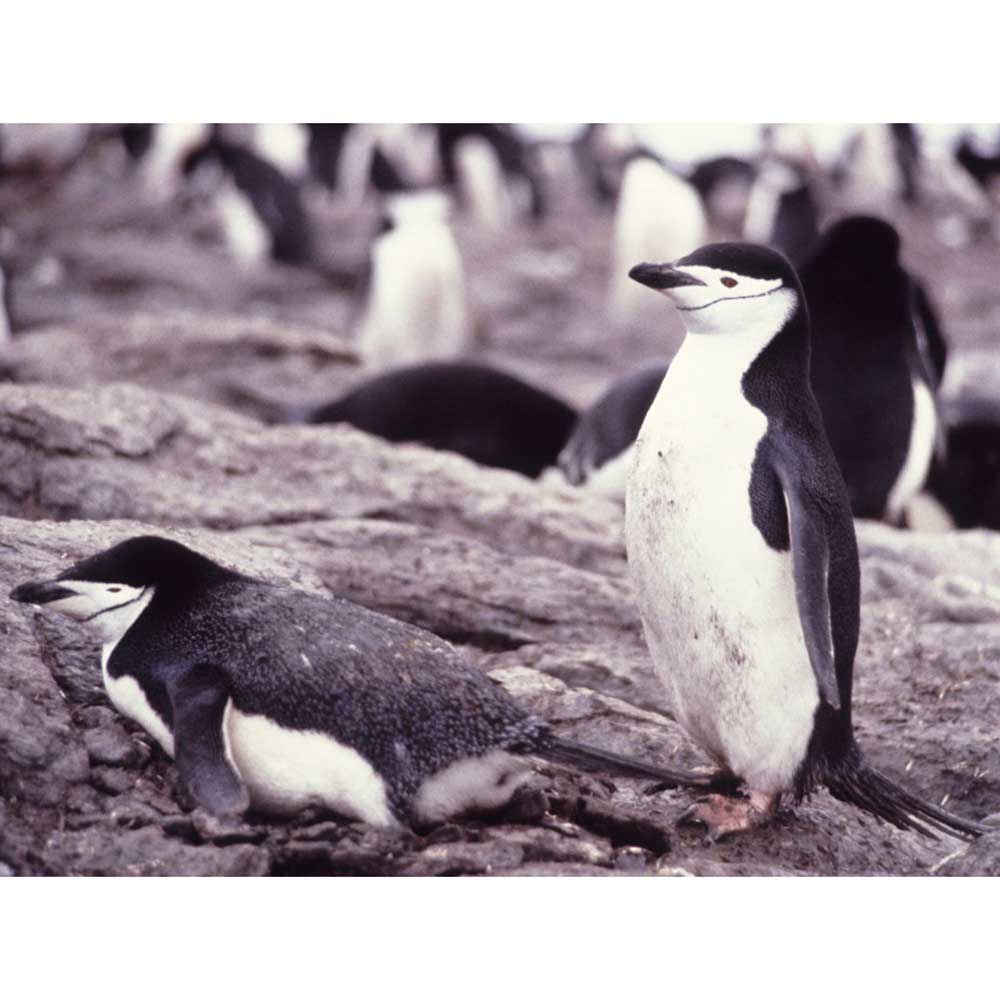
Chinstrap Penguins Mating
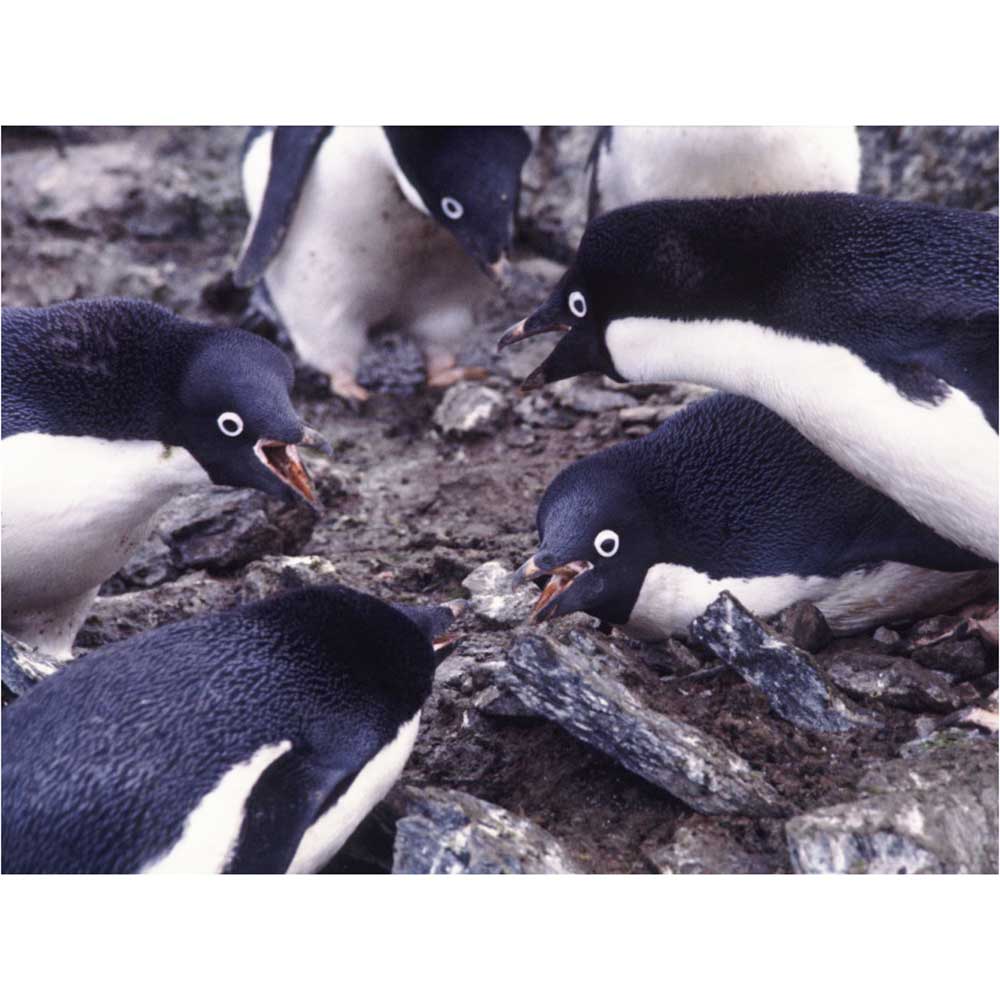
Adelie argument
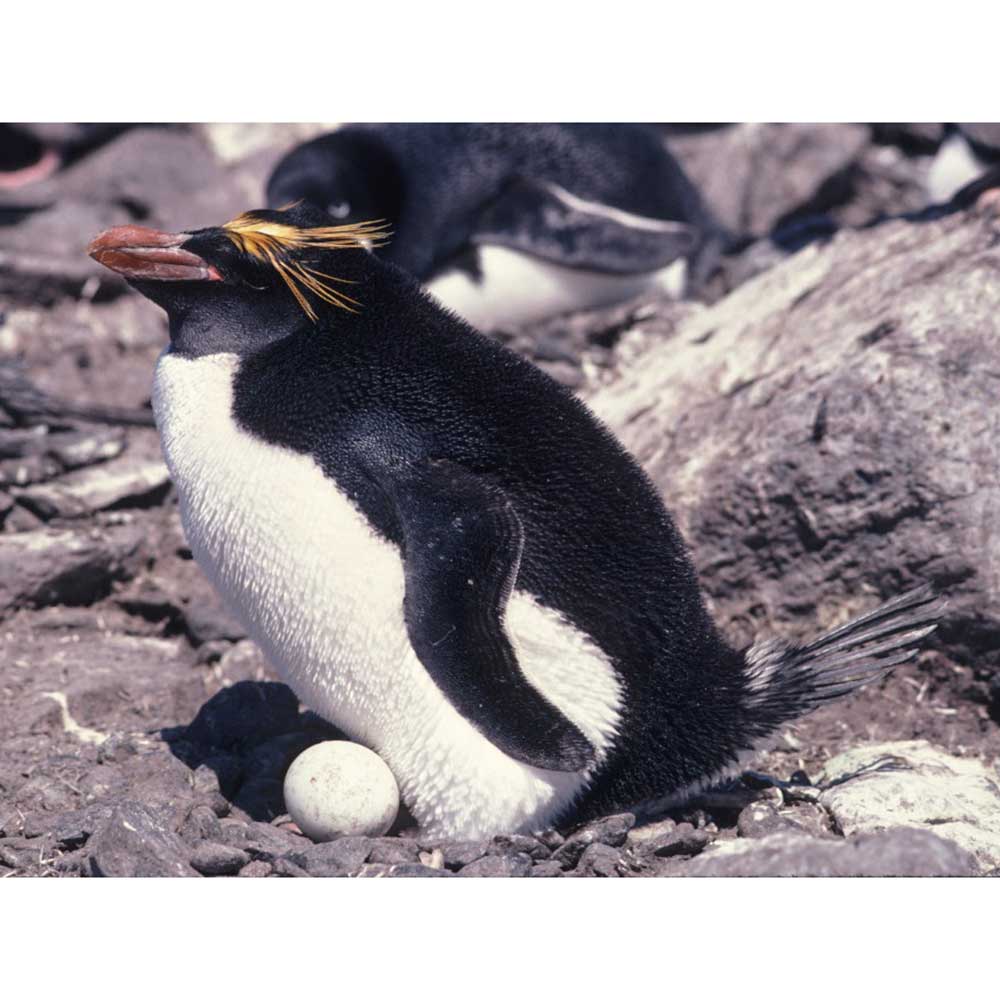
Macaroni Penguin and egg

Gentoo Penguin and chick
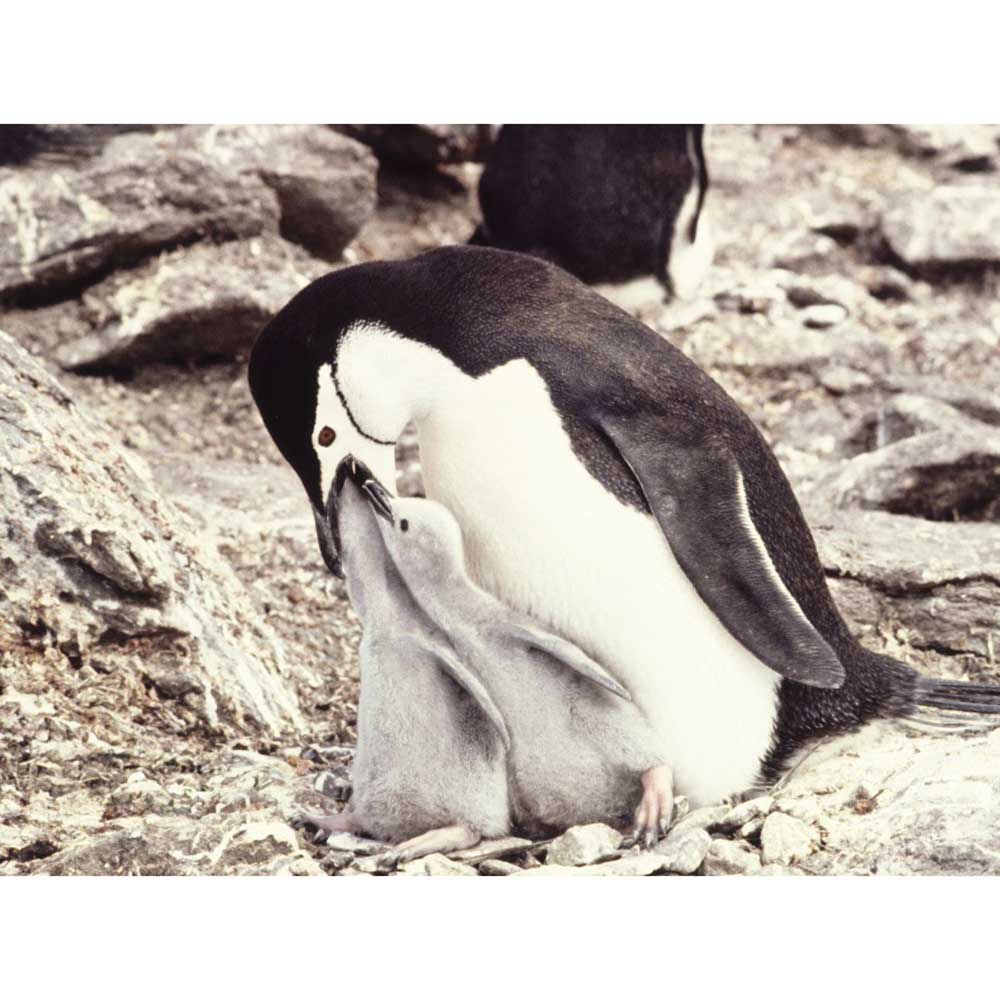
Penguin feeding chicks
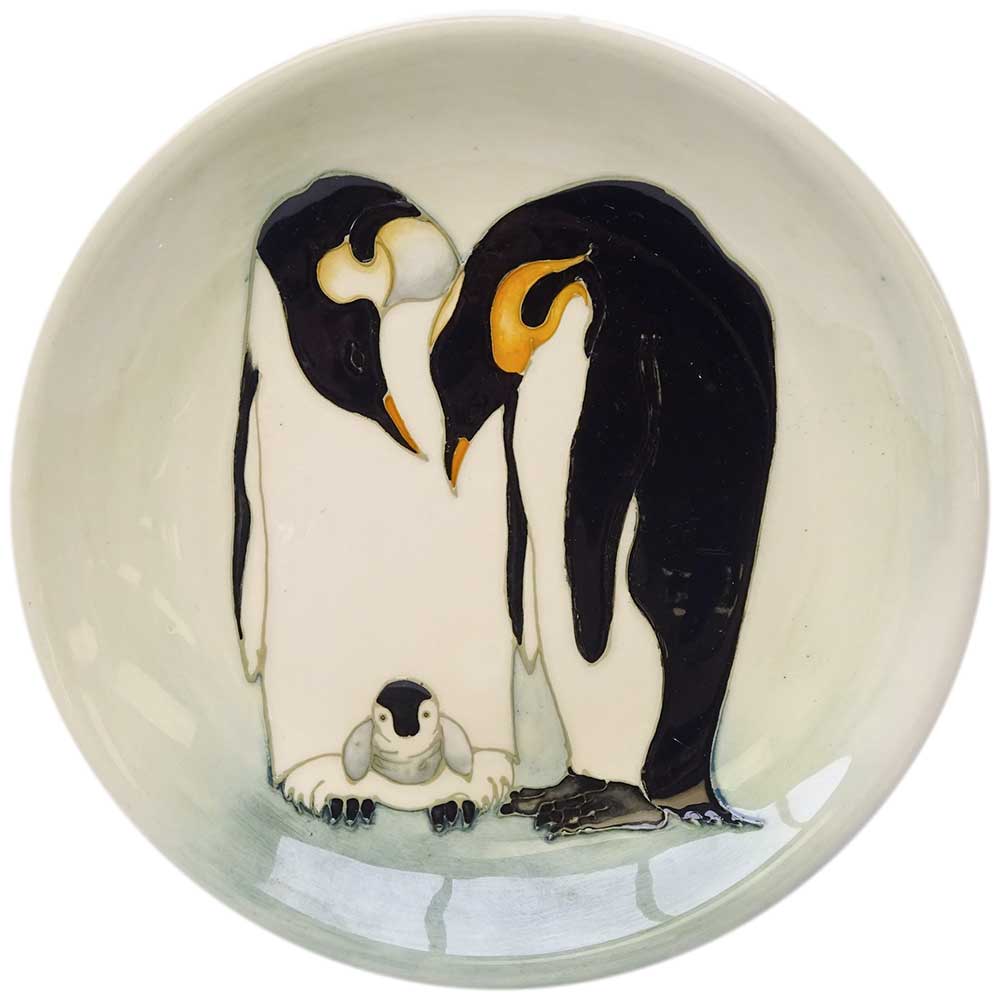
Moorcroft Penguin Plate
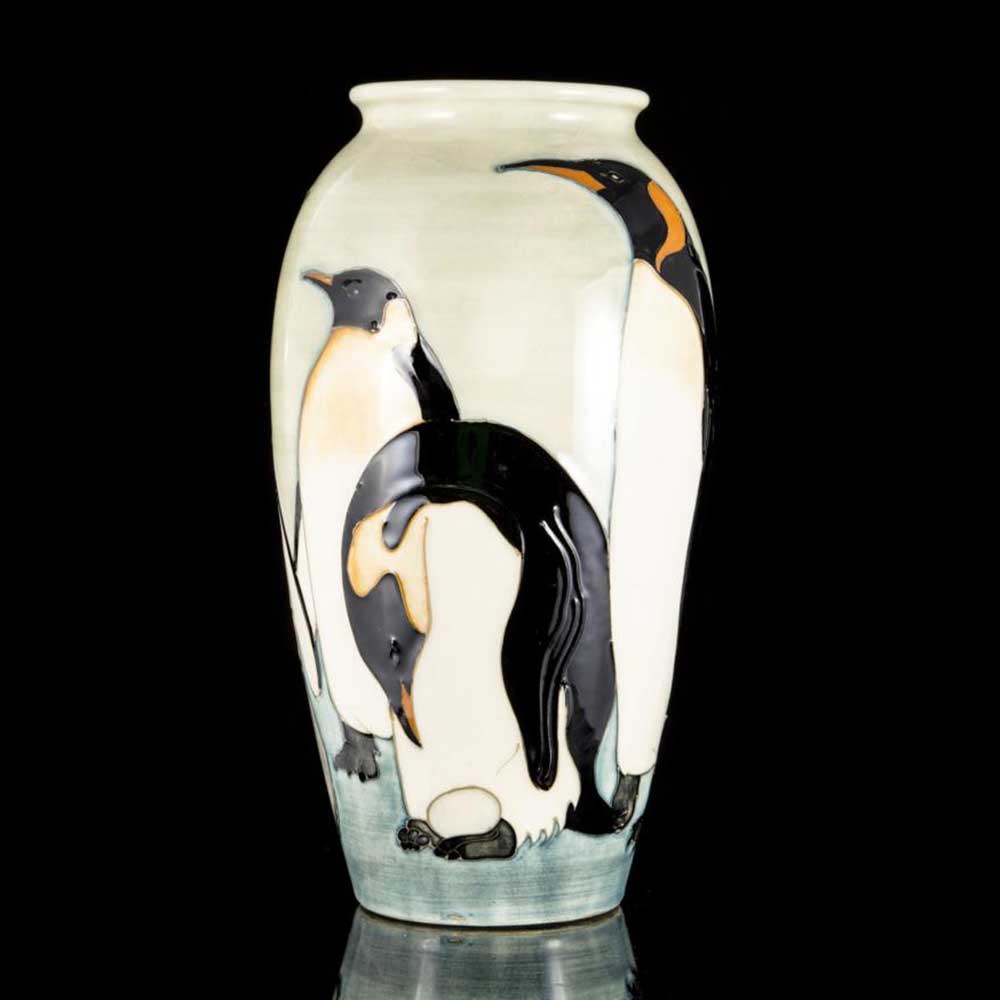
Moorcroft Penguin Vase
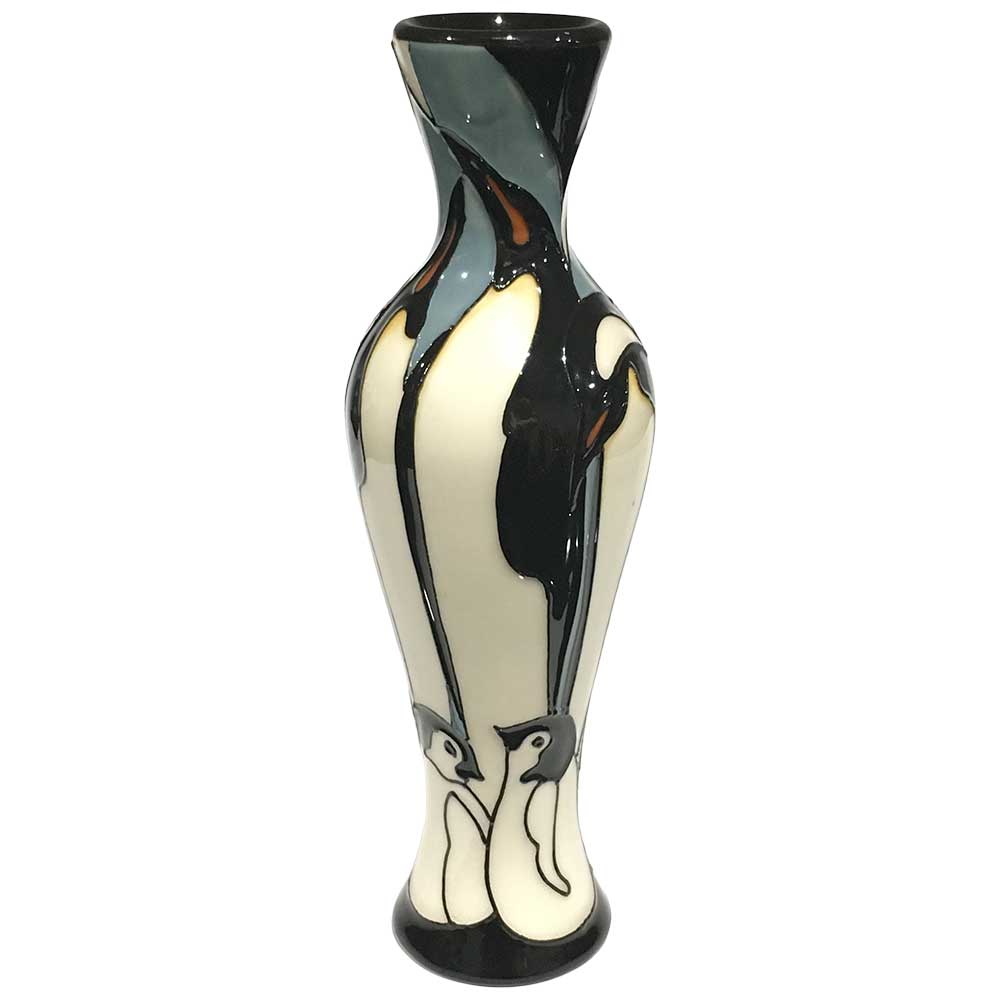
Moorcroft Pole-to-Pole Vase
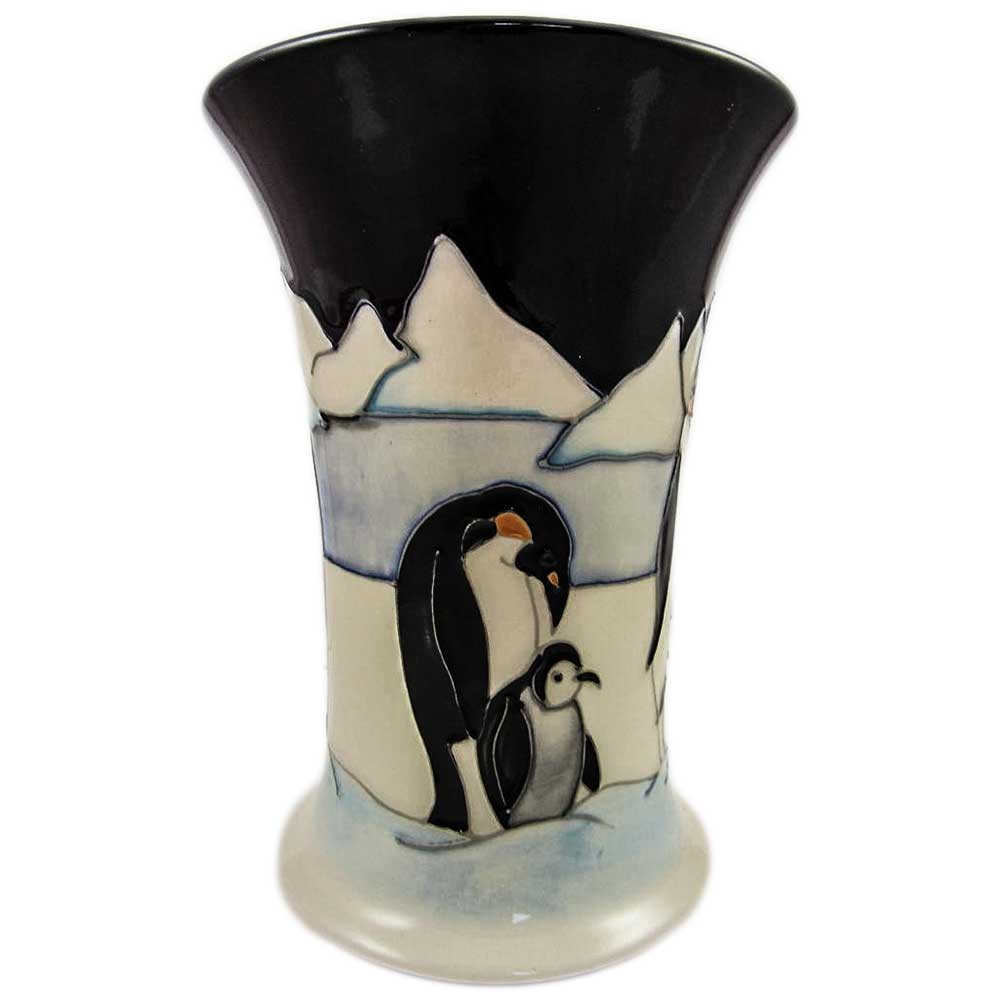
Moorcroft Family on Ice Vase
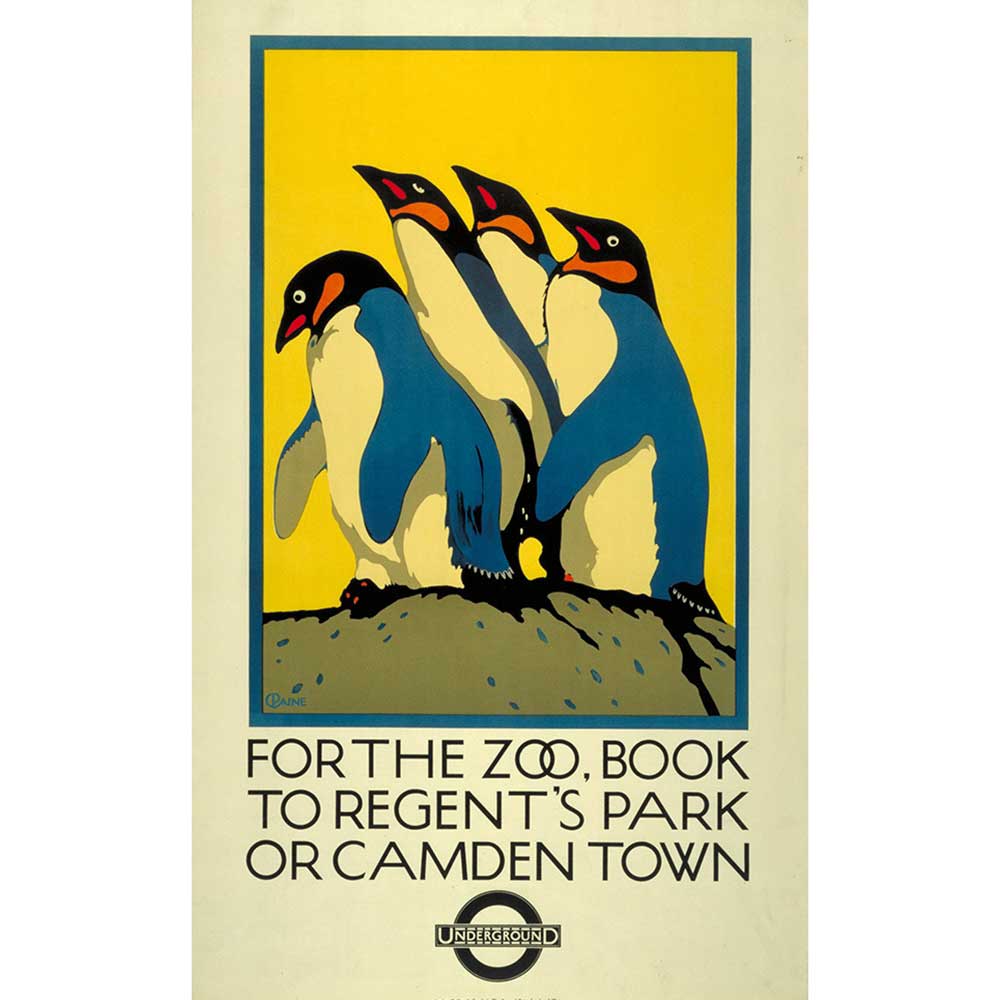
Penguin Zoo Poster
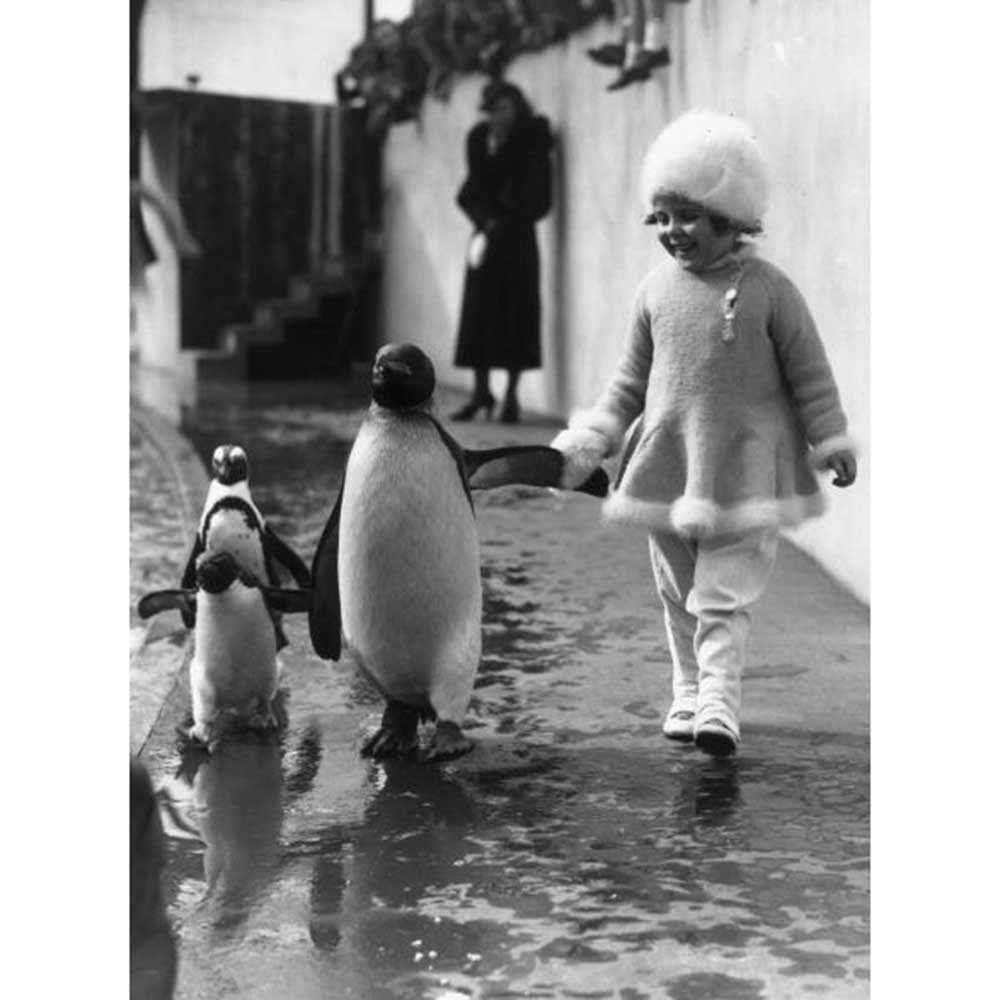
1937 London Zoo
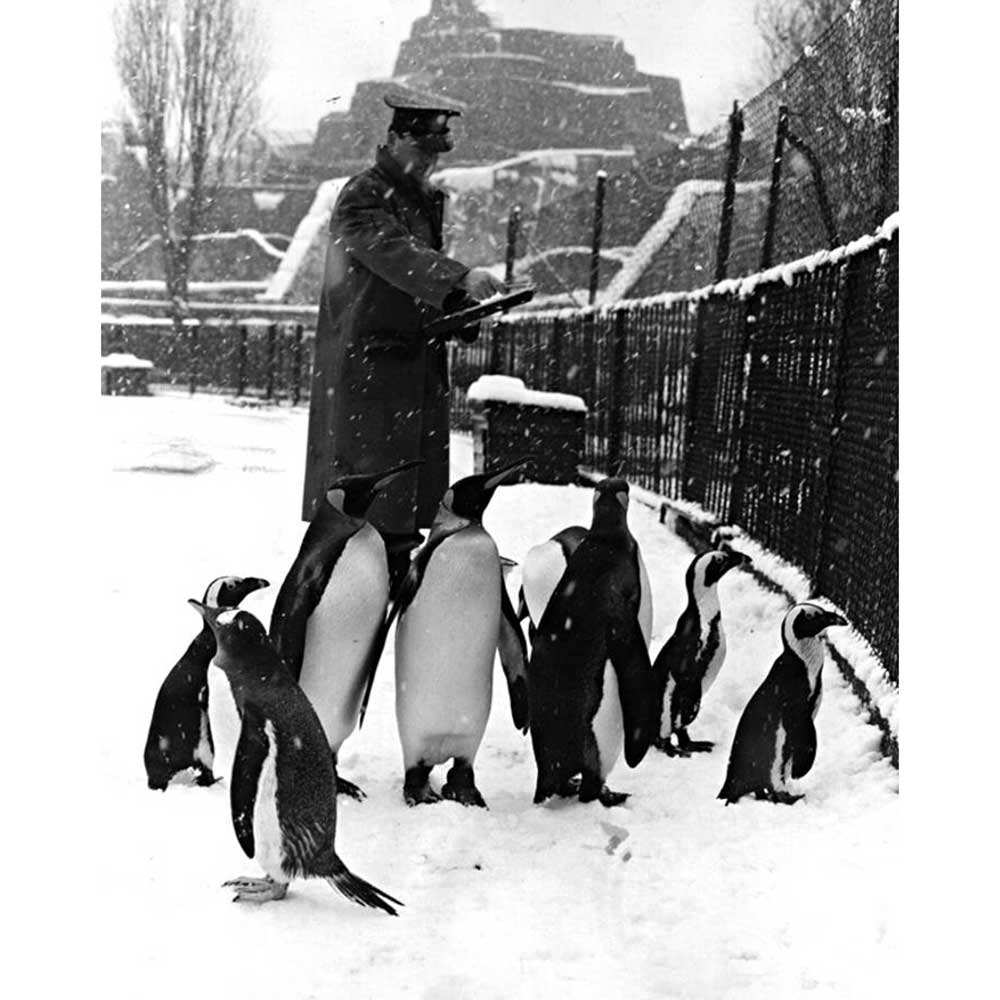
1962 London Zoo Penguin Count

Queen Elizabeth at Edinburgh Zoo 1988
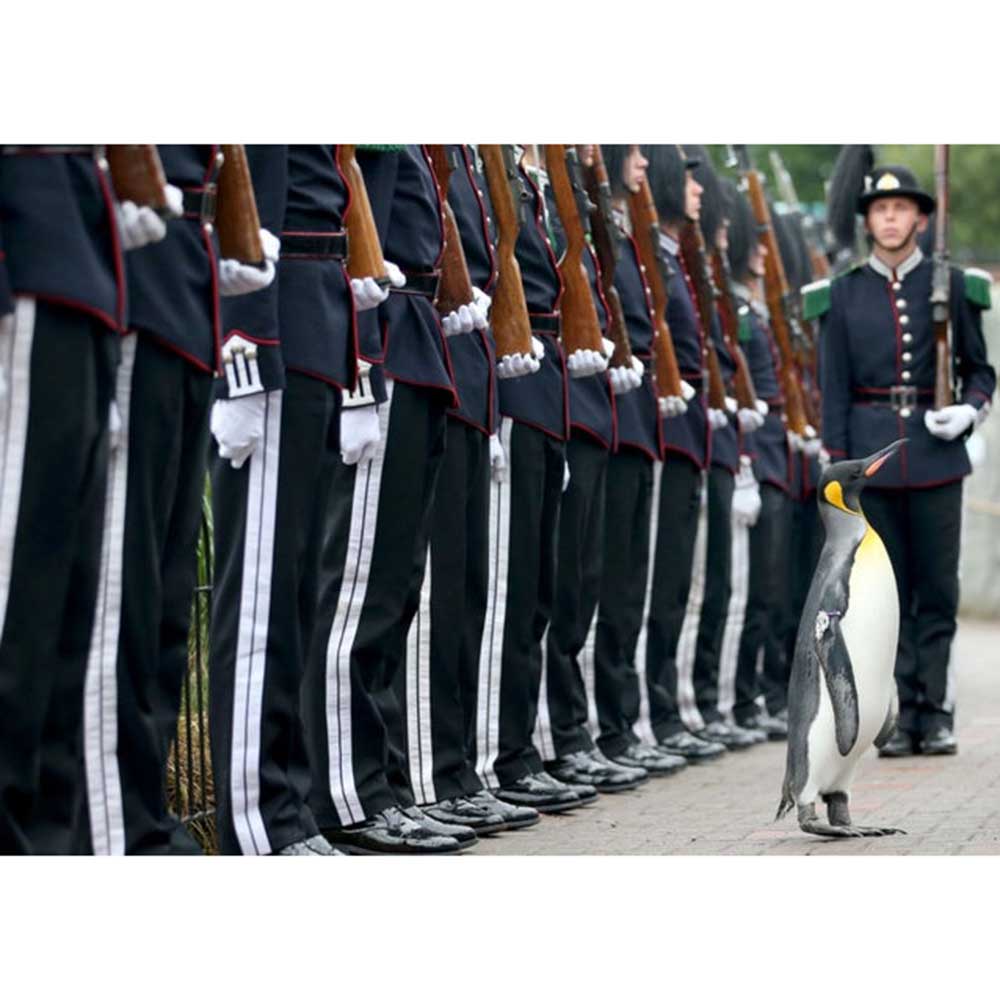
Sir Nils Olav
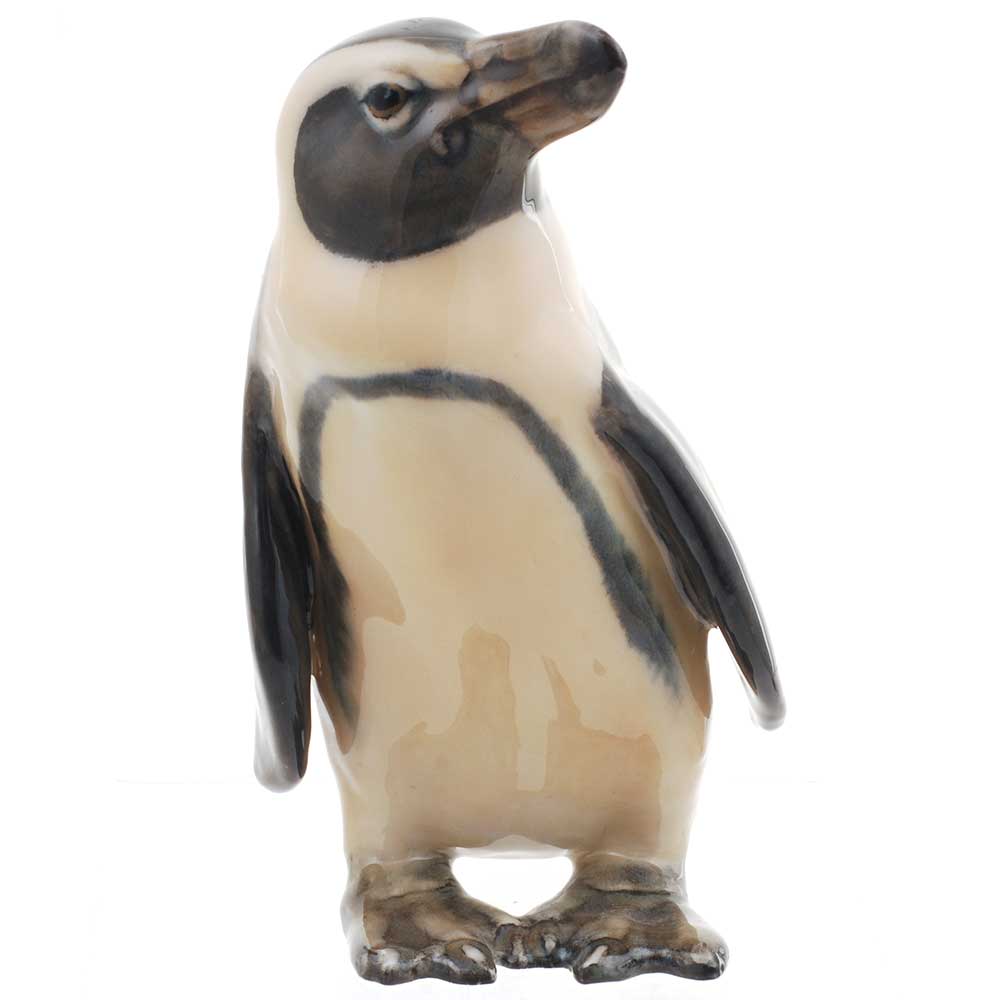
Royal Doulton Penguin
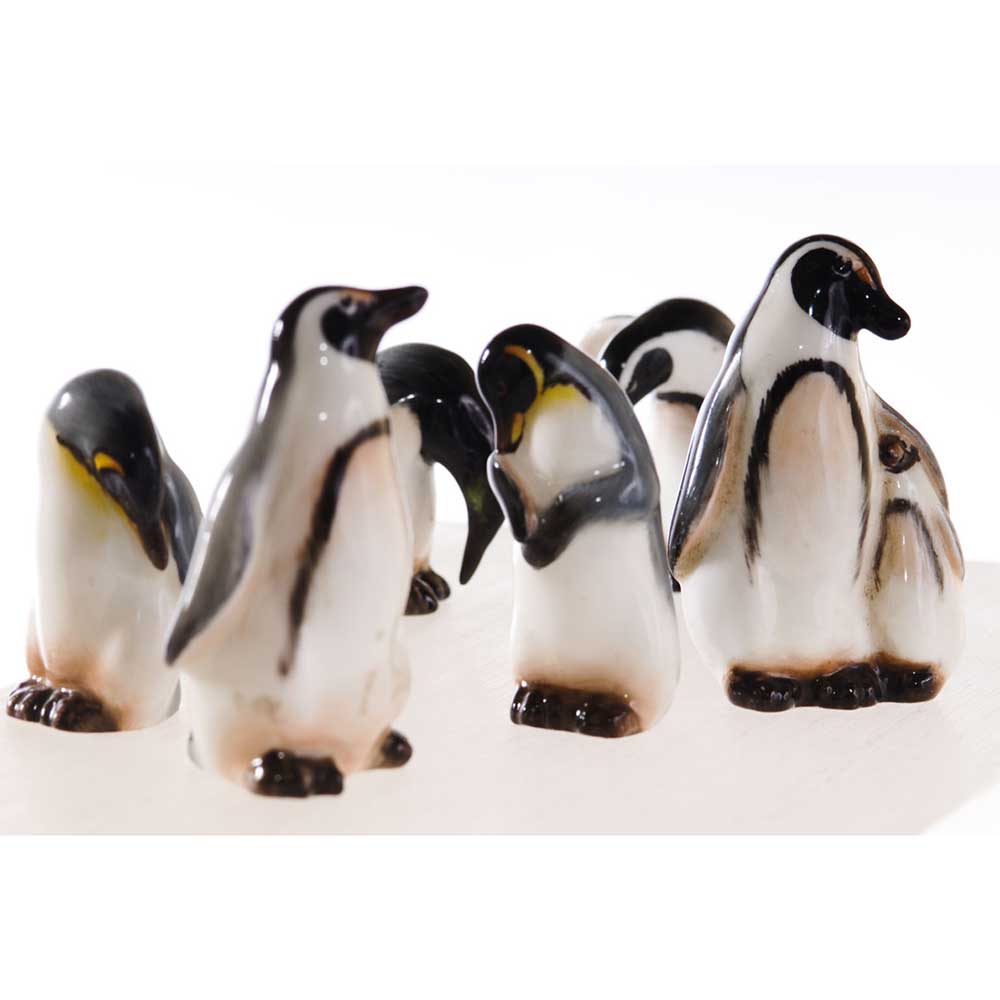
Royal Doulton Miniature Penguins

Royal Doulton Penguins
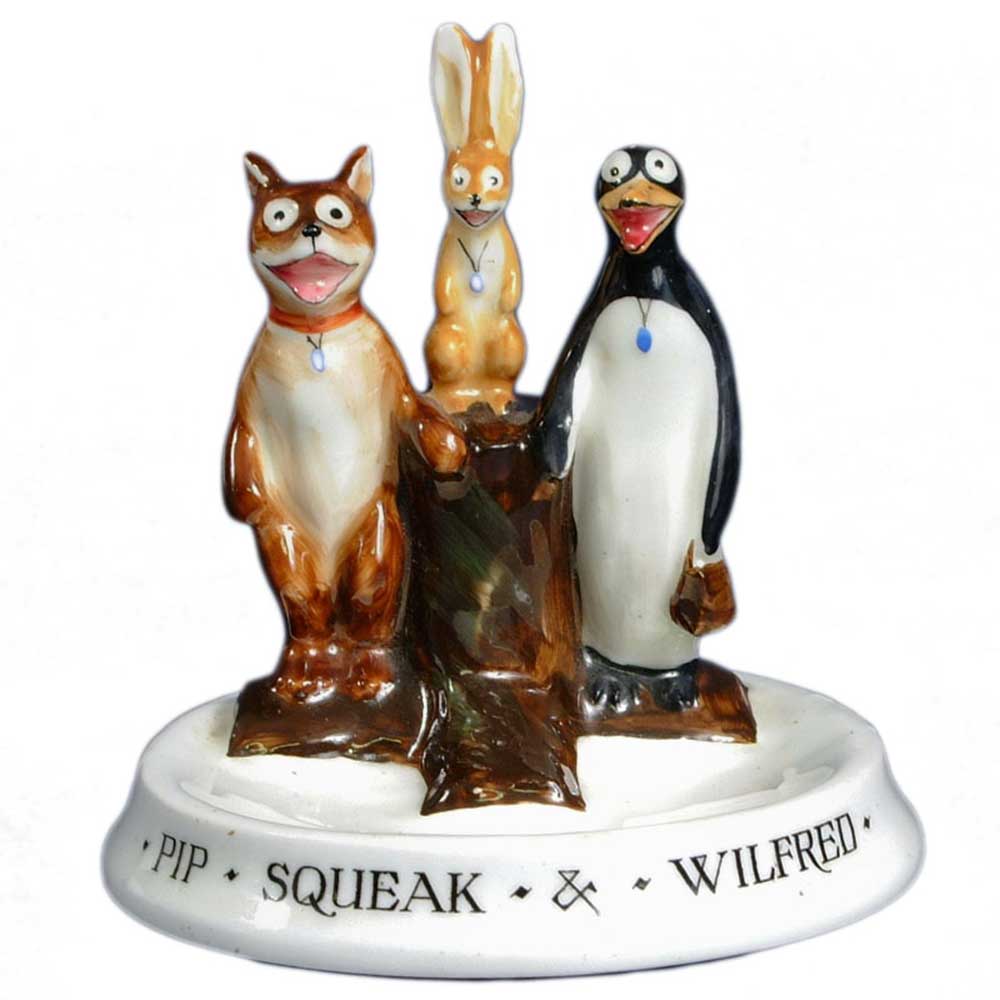
Royal Doulton Pip, Squeak and Wilfred
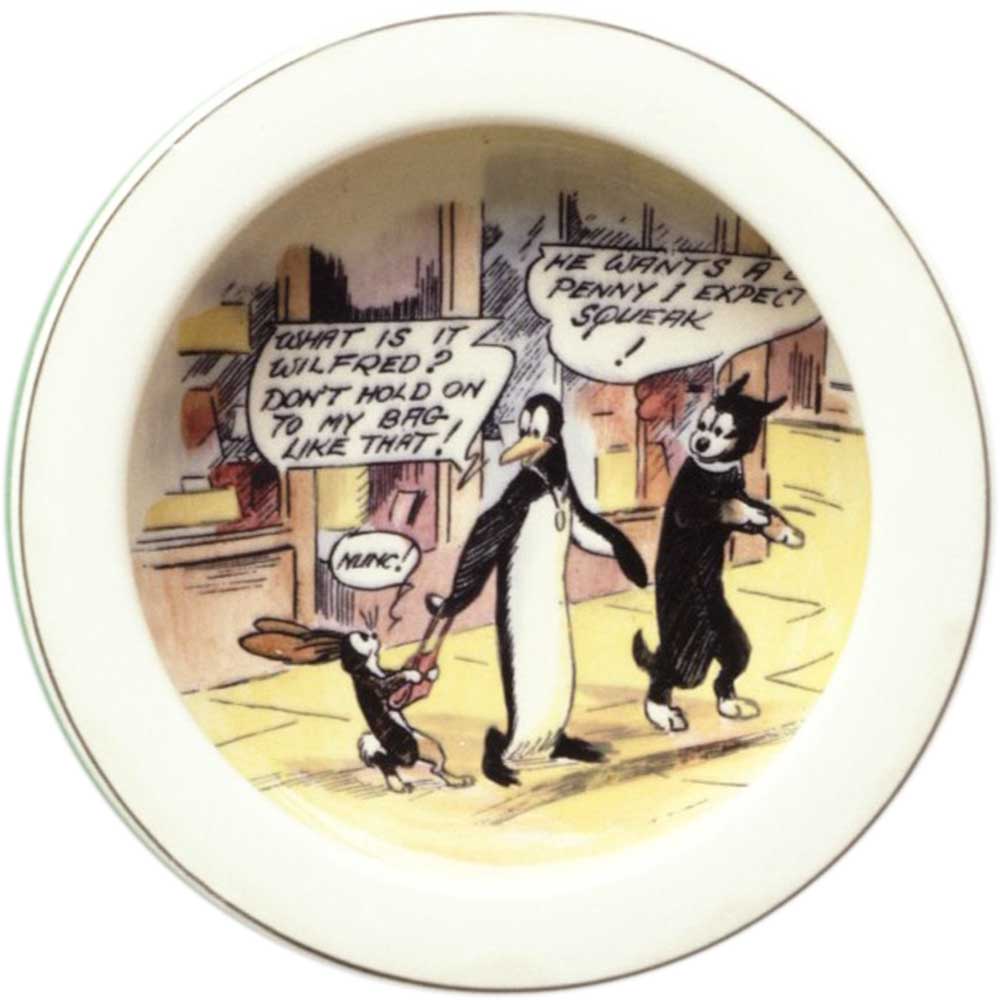
Royal Doulton Pip, Squeak and Wilfred Plate

Pip, Squeak and Wilfred Cartoon

Gentoo Penguin
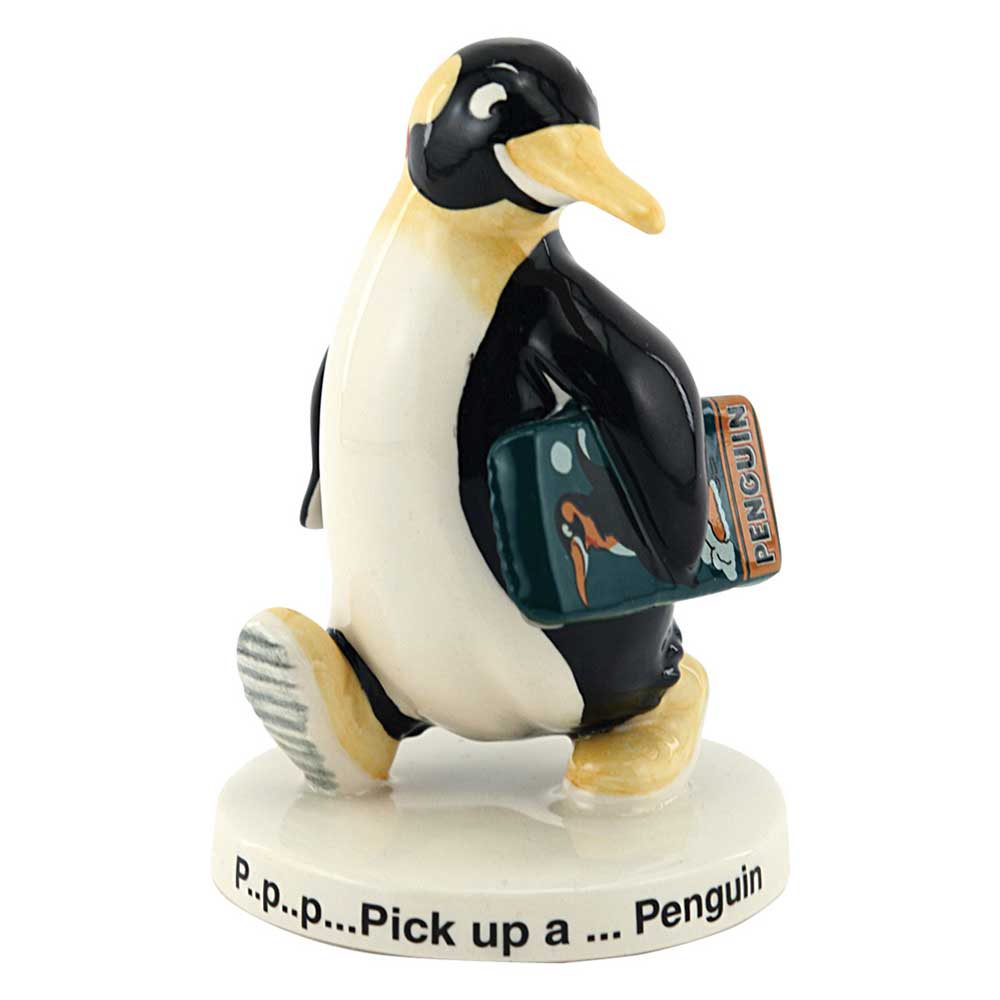
Millennium Collectables Penguin
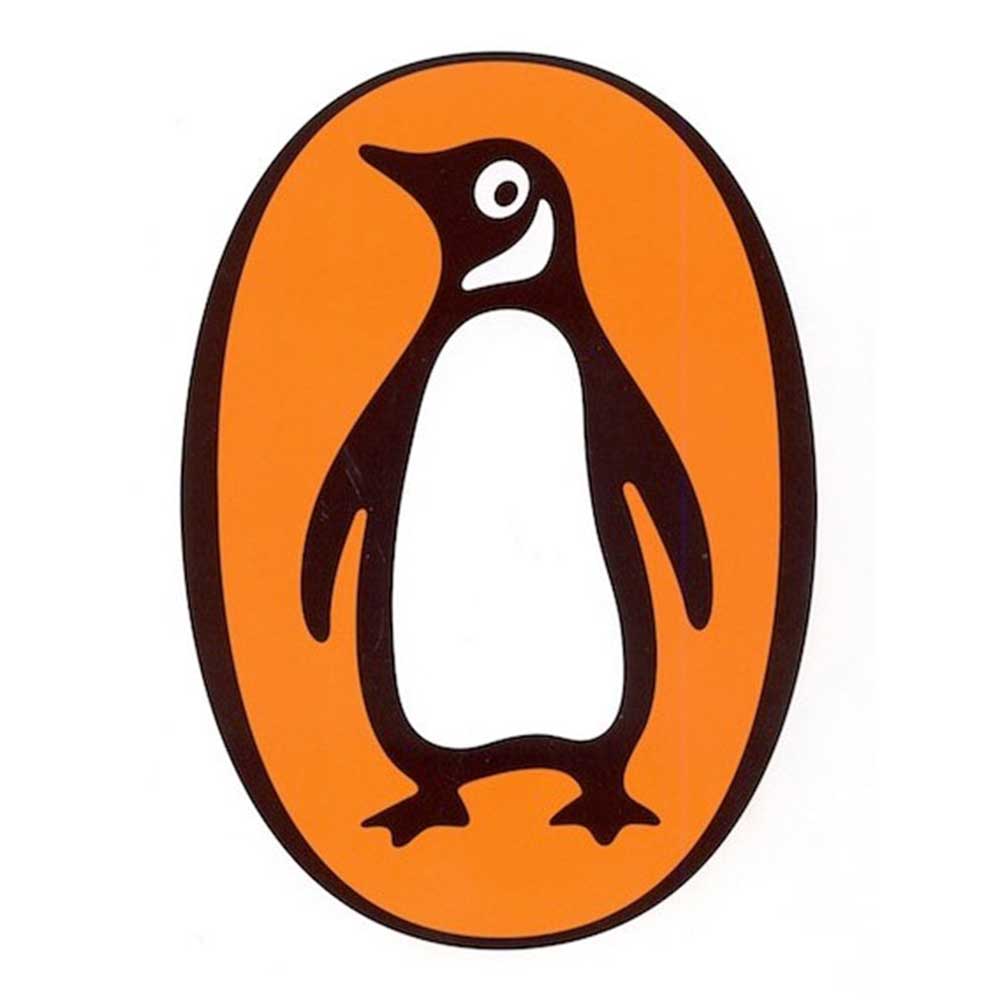
Penguin Books Logo
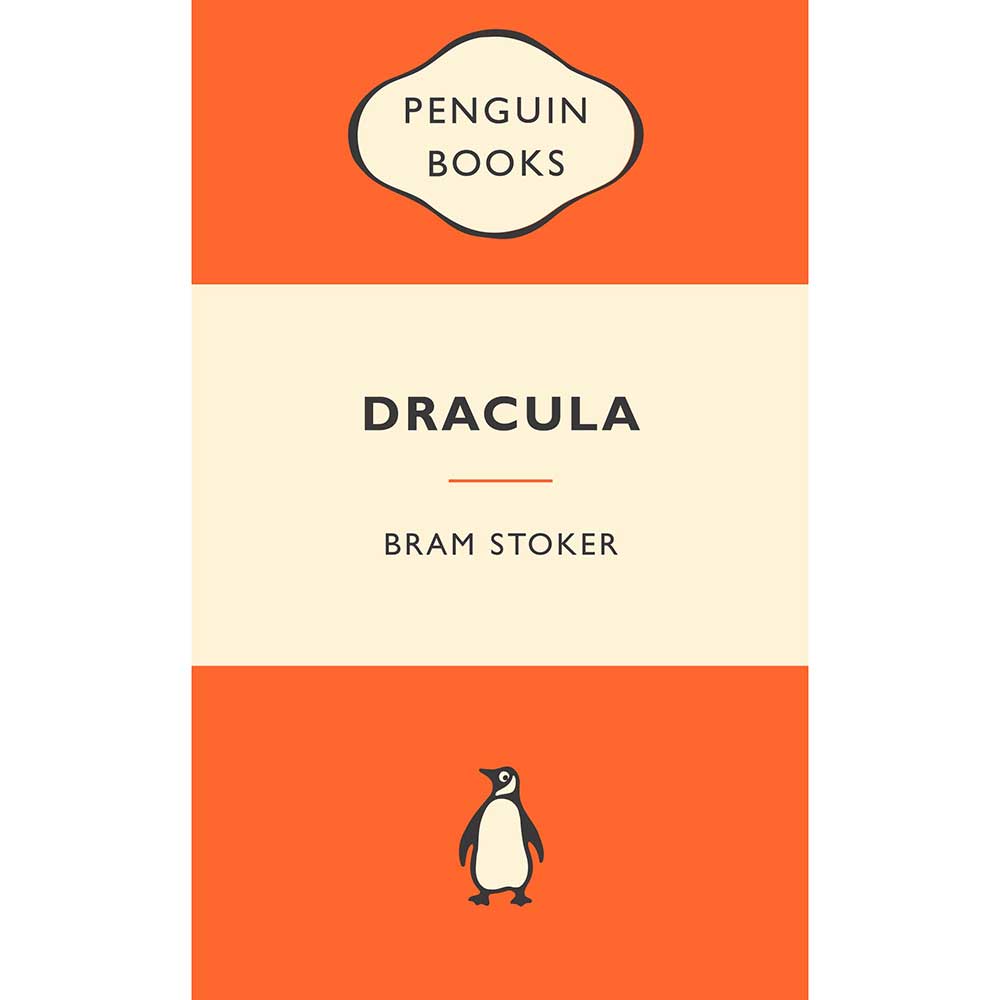
Penguin Books Dracula
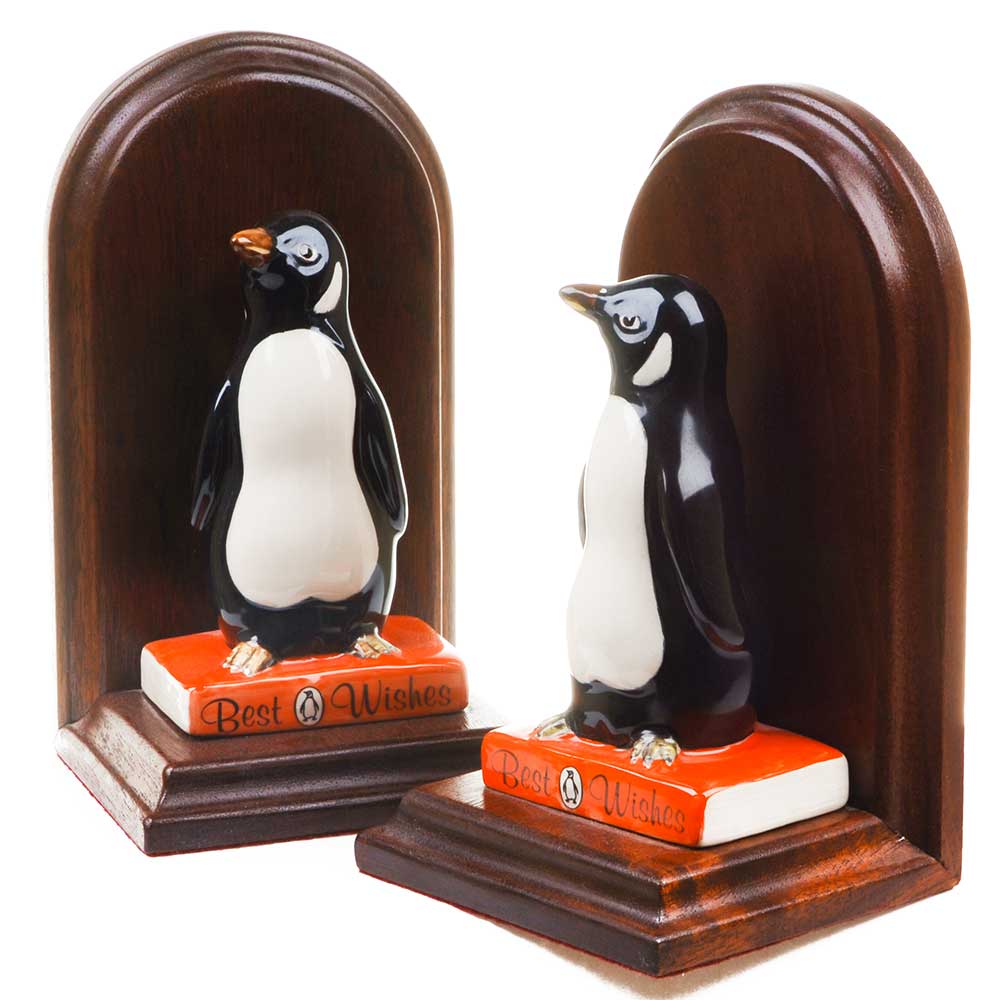
Royal Doulton Penguin Bookends

Guinness Penguin
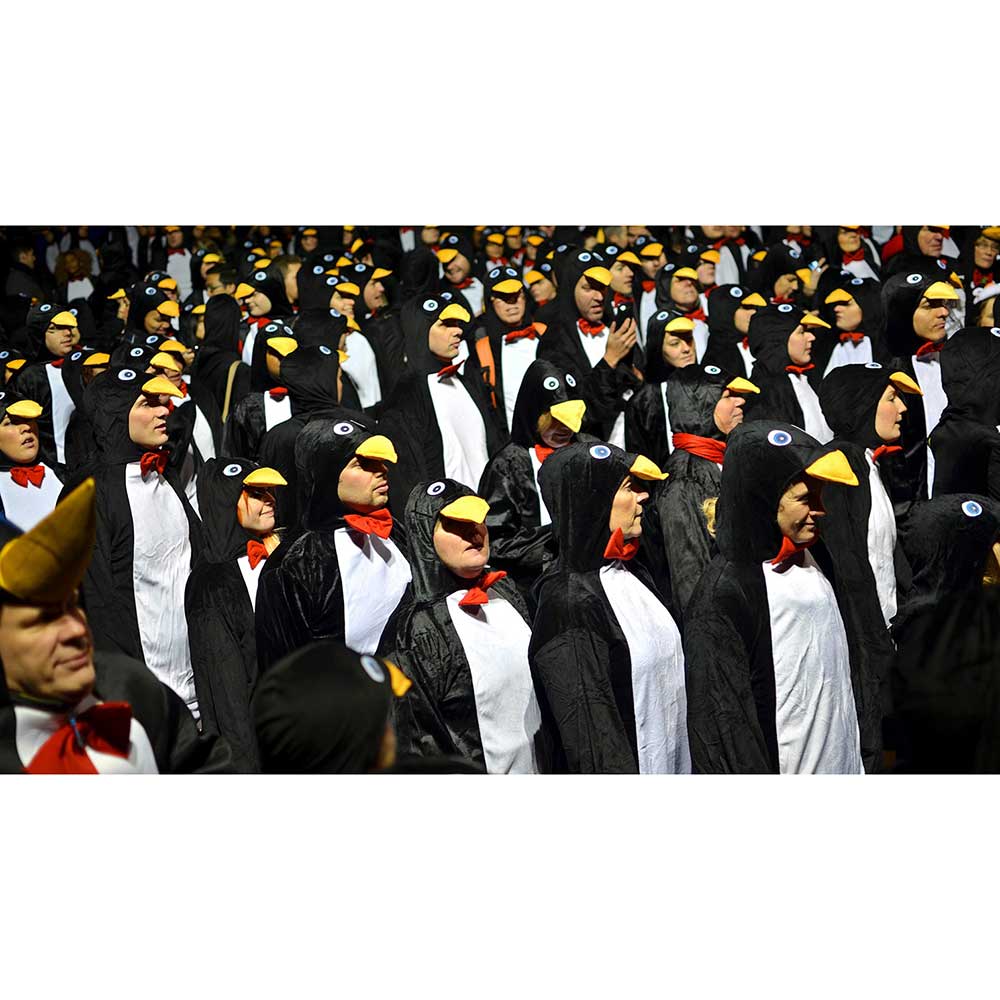
Guinness Book of World Records Penguins

Penguin Chocolate advertisement
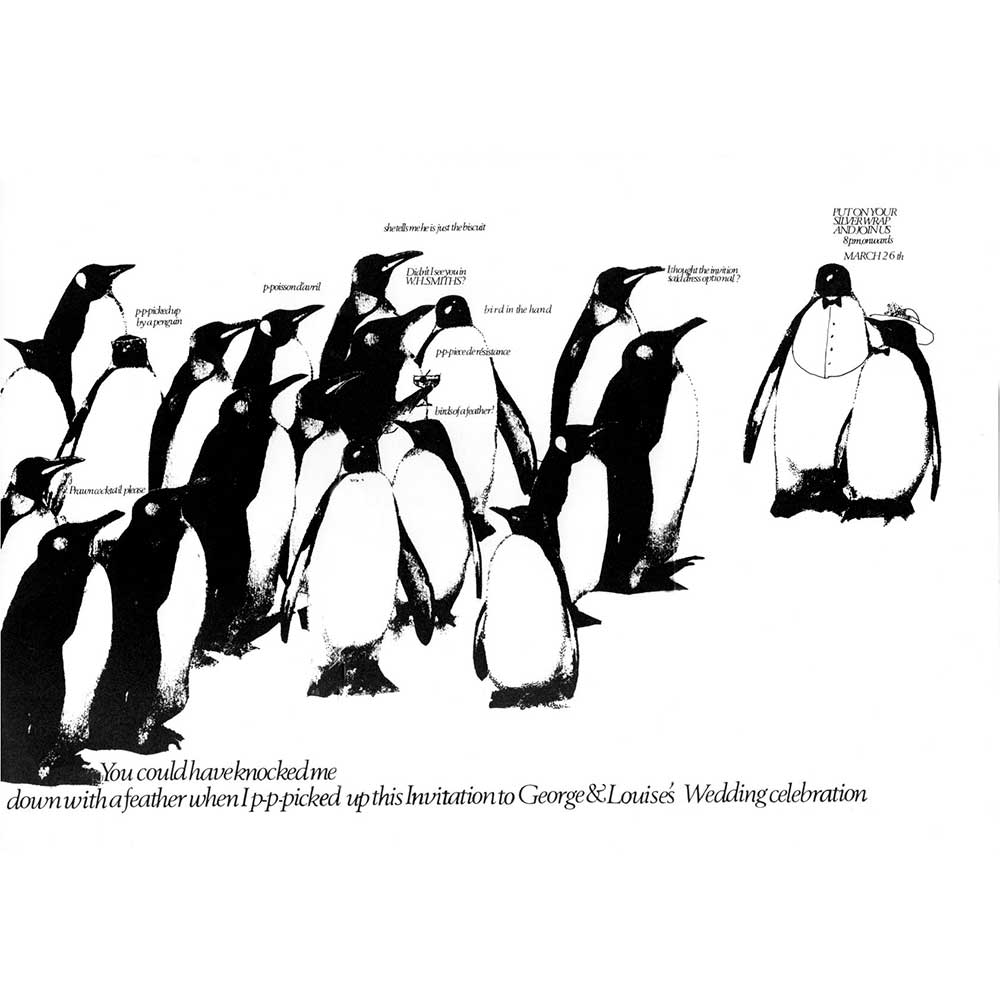
George and Louise Wedding Invitation
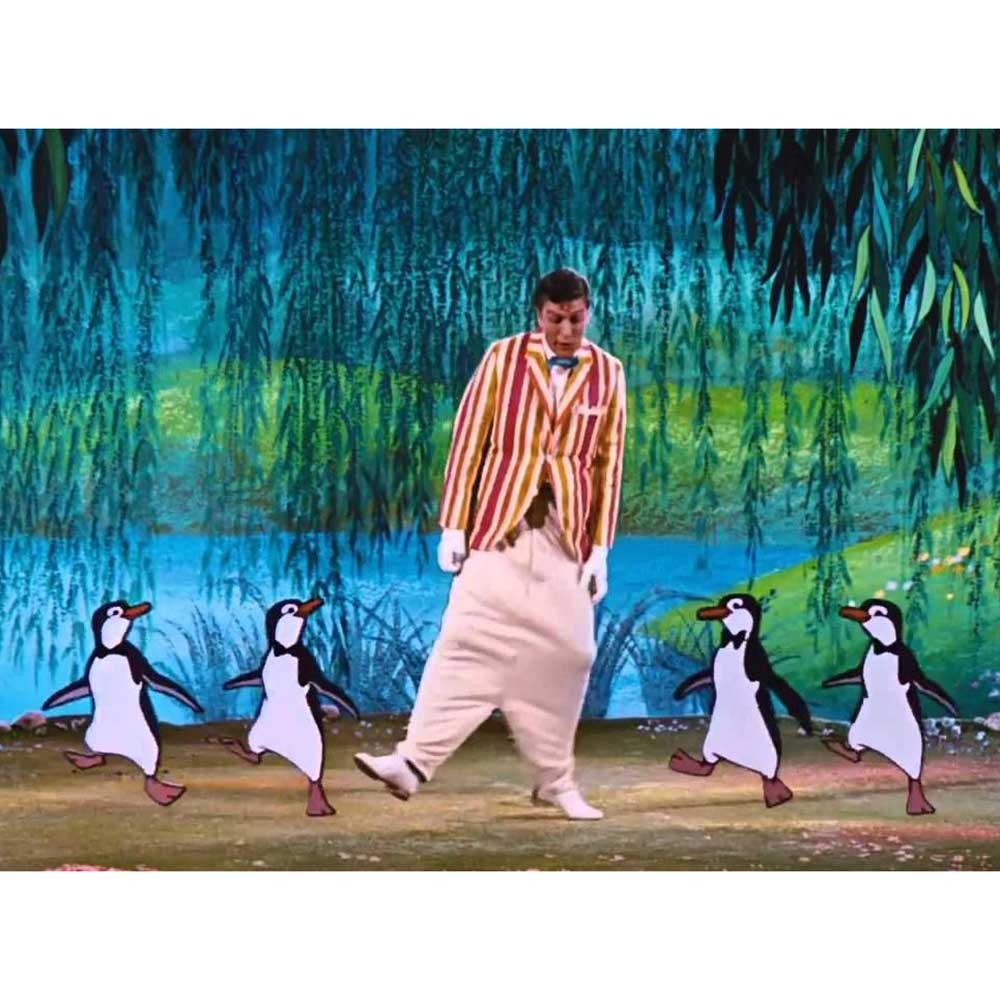
Penguins dancing in Mary Poppins

Moorcroft Pole to Pole Vases
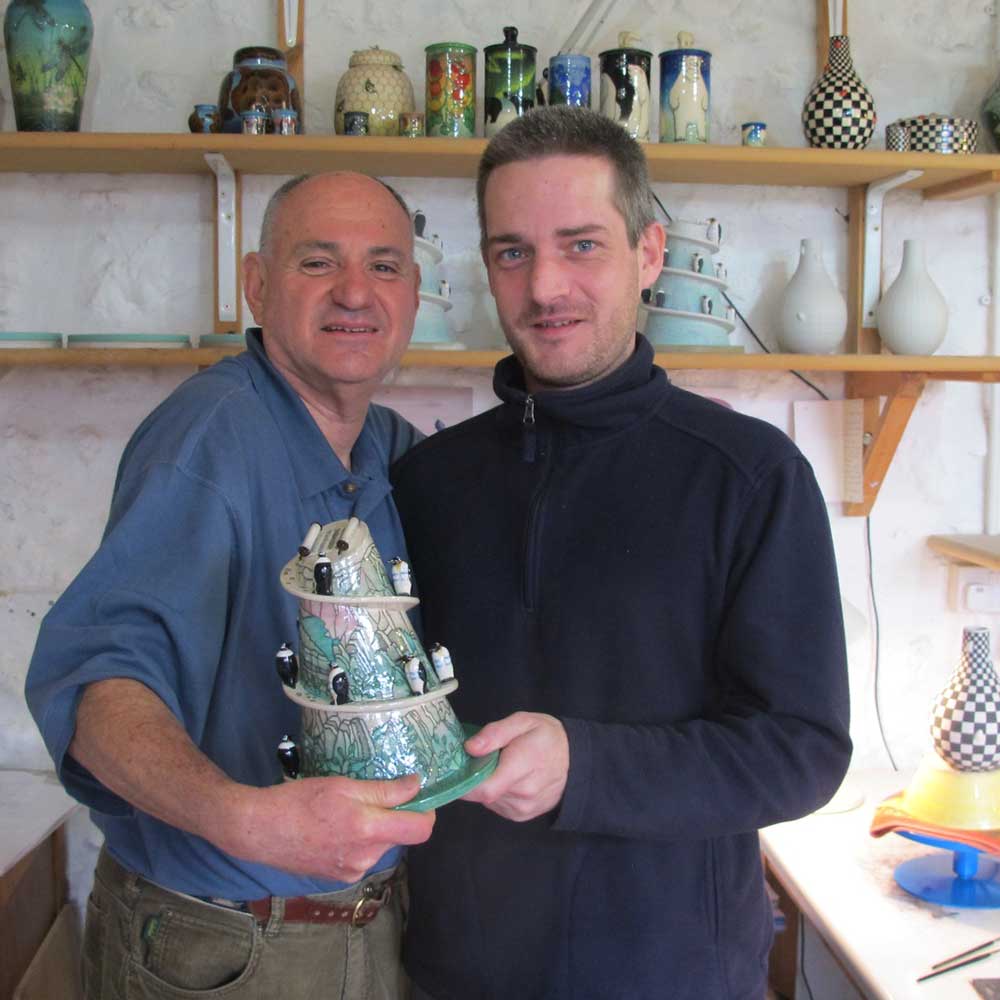
Arthur Wiener with Dennis Chinaworks Penguin Commission
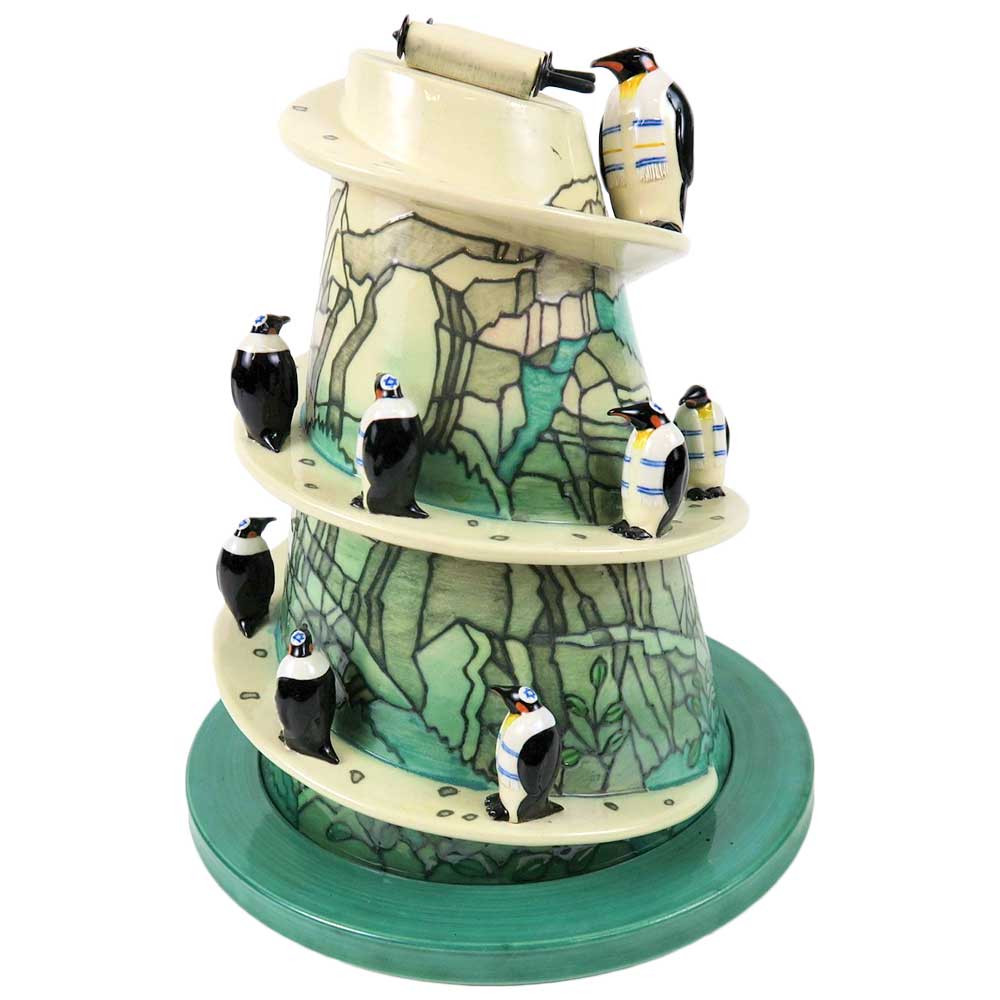
Dennis Chinaworks Rabbi Penguins

Dennis Chinaworks Penguin Mountain
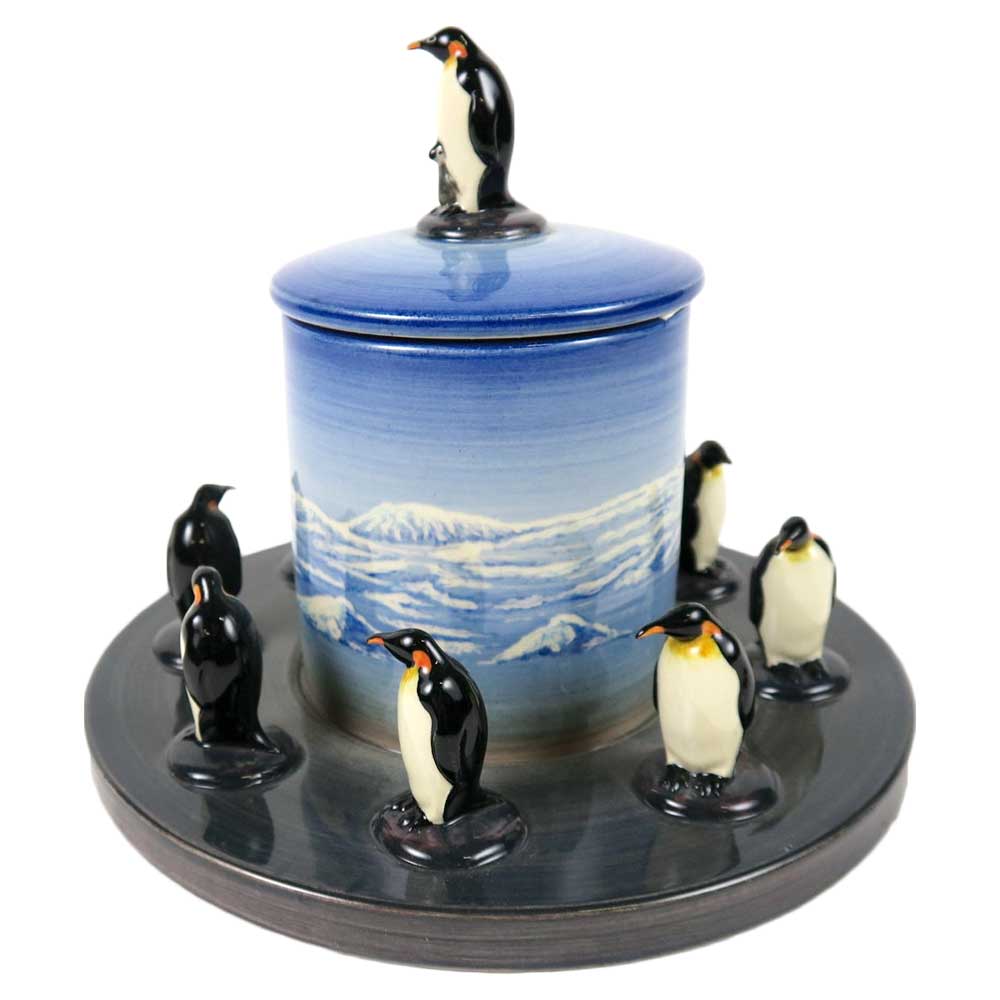
Dennis Chinaworks Penguin Box
